
Overview
In the realm of electronic measurements, the oscilloscope stands as a vital tool that allows engineers, technicians, and scientists to observe and analyze electrical signals. With its ability to capture and display waveforms, an oscilloscope provides valuable insights into the behavior and characteristics of electrical signals. In this article, we’ll dive into the world of oscilloscopes, exploring their functionality, key features, and applications across various industries.
Understanding Oscilloscopes: An oscilloscope, often referred to as a scope or an o-scope, is an electronic instrument used to visualize and analyze electrical signals. It displays voltage variations over time, transforming electrical signals into graphical waveforms.
Key Components
Oscilloscopes consist of several essential components that work together to capture and display waveforms:
a. Input Stage: The input stage of an oscilloscope consists of probes or input channels that capture the electrical signals under observation. These signals are then amplified to a suitable level for further processing.
b. Vertical Amplifiers: Vertical amplifiers amplify the captured signals, allowing for the adjustment of vertical sensitivity and signal amplitude on the oscilloscope’s display.
c. Timebase: The timebase determines the horizontal scale or time duration displayed on the oscilloscope’s screen. It controls the rate at which the waveform is swept horizontally across the screen.
d. Triggering System: The triggering system ensures that the waveform display remains stable by synchronizing the sweep of the waveform with a specific event or signal condition. This helps to eliminate noise and capture repetitive waveforms consistently.
e. Display: The display component of an oscilloscope is typically a cathode-ray tube (CRT) or a digital screen. It visually represents the captured electrical signal as a waveform, providing real-time visualization.
Key Features
Oscilloscopes offer a range of features and functionalities that enhance their versatility and usability:
a. Bandwidth: The bandwidth of an oscilloscope determines its ability to accurately capture and display high-frequency signals. Higher bandwidth oscilloscopes are capable of handling faster signals.
b. Sampling Rate: The sampling rate indicates the number of data points captured per second. A higher sampling rate allows for more precise waveform reconstruction and fidelity.
c. Channels: Oscilloscopes can have multiple input channels, enabling simultaneous measurement and display of multiple waveforms. Dual-channel and four-channel oscilloscopes are common, offering increased flexibility.
d. Triggering Options: Oscilloscopes provide various triggering options to capture specific events or conditions of interest. These options include edge triggering, pulse triggering, video triggering, and more.
e. Measurement and Analysis Tools: Modern oscilloscopes come equipped with a wide array of measurement and analysis tools. These tools include voltage measurements, frequency analysis, FFT (Fast Fourier Transform), and various mathematical functions for waveform manipulation.
Applications
Oscilloscopes find applications across numerous industries and fields, including:
a. Electronics and Circuit Design: Oscilloscopes are indispensable tools for circuit design, testing, and troubleshooting. They aid in verifying signal integrity, measuring timing parameters, and analyzing circuit behavior.
b. Telecommunications: Oscilloscopes are used for characterizing and analyzing signals in telecommunications systems, such as testing signal quality in data transmission and evaluating network performance.
c. Automotive: Oscilloscopes play a critical role in automotive diagnostics, helping technicians analyze and troubleshoot electrical systems, engine performance, and sensor outputs.
d. Education and Research: Oscilloscopes are extensively utilized in educational institutions and research environments to teach principles of electronics, waveform analysis, and signal processing. They enable students and researchers to experiment, validate theories, and conduct in-depth investigations.
e. Industrial and Manufacturing: Oscilloscopes are employed in the industrial sector for monitoring and troubleshooting electrical systems, verifying performance of motors and generators, and analyzing power quality and control signals.
f. Medical and Healthcare: In medical applications, oscilloscopes assist in analyzing physiological signals, such as electrocardiograms (ECGs) and electromyograms (EMGs). They aid in diagnosing and monitoring various medical conditions.
g. Audio and Video Production: Oscilloscopes are utilized in the audio and video industry for waveform monitoring, signal characterization, and quality control during recording, mixing, and post-production processes.
Click here to see the Oscilloscopes that you might want to check out!
Oscilloscopes serve as indispensable tools for visualizing and analyzing electrical signals in a wide range of applications. With their ability to capture and display waveforms, along with advanced features such as triggering options, measurement tools, and analysis capabilities, oscilloscopes empower professionals and researchers to gain insights into the behavior and characteristics of electrical signals. Whether in electronics, telecommunications, automotive, education, or various other industries, oscilloscopes remain a fundamental instrument for understanding, troubleshooting, and advancing our understanding of electrical phenomena.
How it works?
a. Signal Acquisition: The process begins with the oscilloscope’s input stage, where the electrical signal of interest is captured. This can be done using probes that are connected to the input channels of the oscilloscope. The probes ensure proper impedance matching and signal fidelity.
b. Analog-to-Digital Conversion: Once the signal is acquired, it is converted from an analog voltage into a digital format using an analog-to-digital converter (ADC). The ADC samples the analog signal at regular intervals and assigns a digital value to each sample, creating a discrete representation of the waveform.
c. Waveform Storage: The digital samples are stored in memory within the oscilloscope. The depth of the memory determines the number of samples that can be stored, allowing for longer capture durations or higher sample rates depending on the oscilloscope’s specifications.
d. Waveform Display: The stored digital samples are then processed and displayed on the oscilloscope’s screen. Traditional oscilloscopes use a cathode-ray tube (CRT) display, where an electron beam is deflected across the screen to draw the waveform. Modern oscilloscopes often feature digital screens that display the waveform using pixels.
e. Timebase and Horizontal Scaling: The timebase control on an oscilloscope adjusts the horizontal scale or time duration represented on the screen. By adjusting the timebase, users can zoom in or out on the waveform, allowing for detailed analysis of different sections of the signal.
f. Vertical Scaling and Amplification: The vertical amplifiers in the oscilloscope allow users to adjust the vertical scale or voltage range represented on the screen. This enables the waveform to be displayed with the desired amplitude for better visibility and analysis.
g. Triggering: The triggering system in an oscilloscope ensures stable waveform display by synchronizing the waveform’s repetition with a specific event or signal condition. Triggering can be set to capture the waveform at a particular voltage level, slope, or pattern, enhancing the visibility and accuracy of repetitive signals.
h. Measurement and Analysis Tools: Oscilloscopes offer a range of measurement and analysis tools to extract valuable information from the captured waveform. These tools include voltage measurements (peak-to-peak, RMS, etc.), frequency measurements, time measurements, waveform math functions (addition, subtraction, multiplication, etc.), and various analysis features like Fast Fourier Transform (FFT) for frequency domain analysis.
I. Calibration: Calibration is a critical aspect of ensuring the accuracy and reliability of an oscilloscope. Oscilloscopes undergo calibration procedures to calibrate their internal components, such as the vertical amplifiers and time-based, against known reference standards. This ensures that the displayed waveform accurately represents the input signal.
How we use it.
Wyoming Electronics Inc ensures that their customers’ test equipment is accurately calibrated, diagnosed, and restored to optimal performance. Here’s an overview of how Wyoming Electronics Inc utilizes oscilloscopes for these purposes:
- Calibration of Test Equipment: Oscilloscopes play a crucial role in the calibration process of various test equipment. Wyoming Electronics Inc employs high-quality oscilloscopes to verify and adjust the performance of instruments such as signal generators, spectrum analyzers, power supplies, and data acquisition systems. By comparing the output of the equipment under calibration with precise reference waveforms, the oscilloscope assists in ensuring accurate measurements and adherence to specified calibration standards.
- Troubleshooting and Diagnostics: When customers encounter issues with their test equipment, Wyoming Electronics Inc employs oscilloscopes as a diagnostic tool to identify the root causes of problems. The oscilloscope’s ability to visualize electrical waveforms and capture transient events allows their technicians to analyze signal integrity, timing discrepancies, voltage anomalies, and other abnormalities. This helps them pinpoint faults within the circuitry or components of the equipment, facilitating efficient and accurate troubleshooting.
- Repairs and Component Testing: Oscilloscopes aid in the repair and component-level testing of malfunctioning test equipment. Wyoming Electronics Inc utilizes oscilloscopes to assess the performance of individual components within the equipment, such as resistors, capacitors, transistors, and integrated circuits. By observing the waveforms at various points in the circuit, they can detect faulty or damaged components and determine if they need to be repaired or replaced. The oscilloscope’s ability to capture and display signals in real-time assists in verifying the effectiveness of the repairs and ensuring the restored functionality of the equipment.
- Performance Verification: Oscilloscopes serve as valuable tools for verifying the performance of repaired or calibrated test equipment. Wyoming Electronics Inc utilizes oscilloscopes to validate the accuracy and functionality of the equipment under different operating conditions. By comparing the measured waveforms and signal characteristics to expected values, they can ensure that the equipment meets the required specifications and performs reliably.
- Quality Assurance and Documentation: Throughout the service, repair, and calibration processes, Wyoming Electronics Inc maintains a rigorous quality assurance system. Oscilloscopes play a crucial role in verifying the accuracy of their measurements, ensuring that the test equipment meets industry standards and customer requirements. The oscilloscope’s ability to generate precise waveforms and provide measurement data contributes to the comprehensive documentation of the calibration and repair processes, supporting traceability and regulatory compliance.
Wyoming Electronics Inc effectively employs oscilloscopes for servicing, repairs, and calibration of test equipment. By utilizing these versatile instruments, they can diagnose faults, verify performance, and provide accurate calibration services to their customers. The oscilloscope’s ability to visualize waveforms, analyze signals, and measure parameters is instrumental in maintaining the reliability and accuracy of the test equipment serviced by Wyoming Electronics Inc.


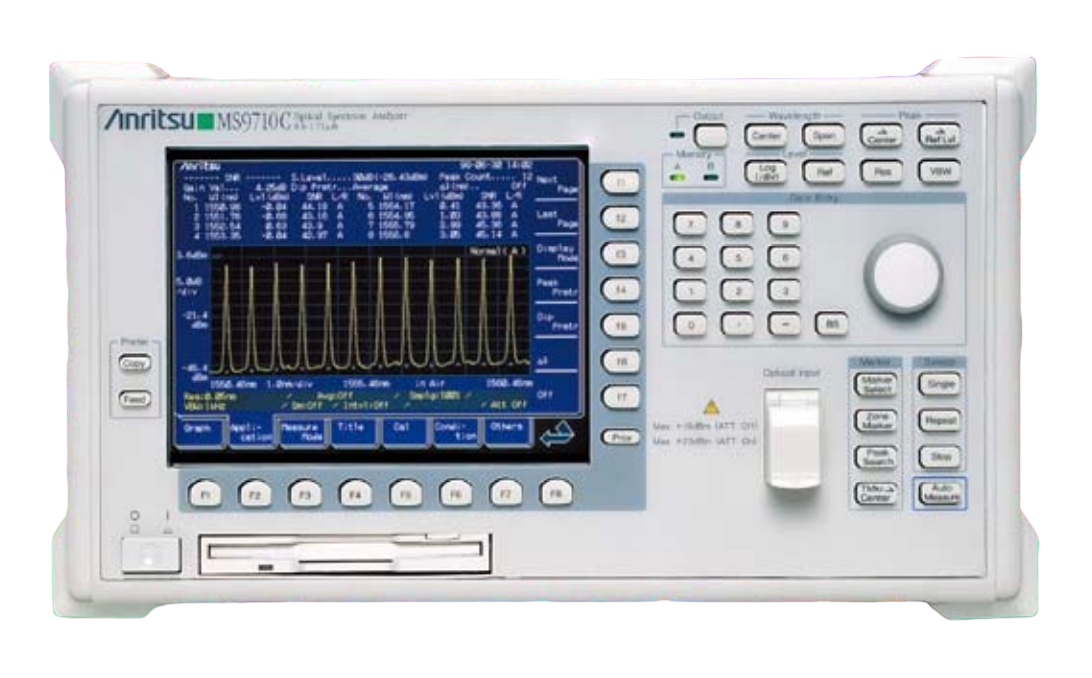 Spectrum Analyzers
Spectrum Analyzers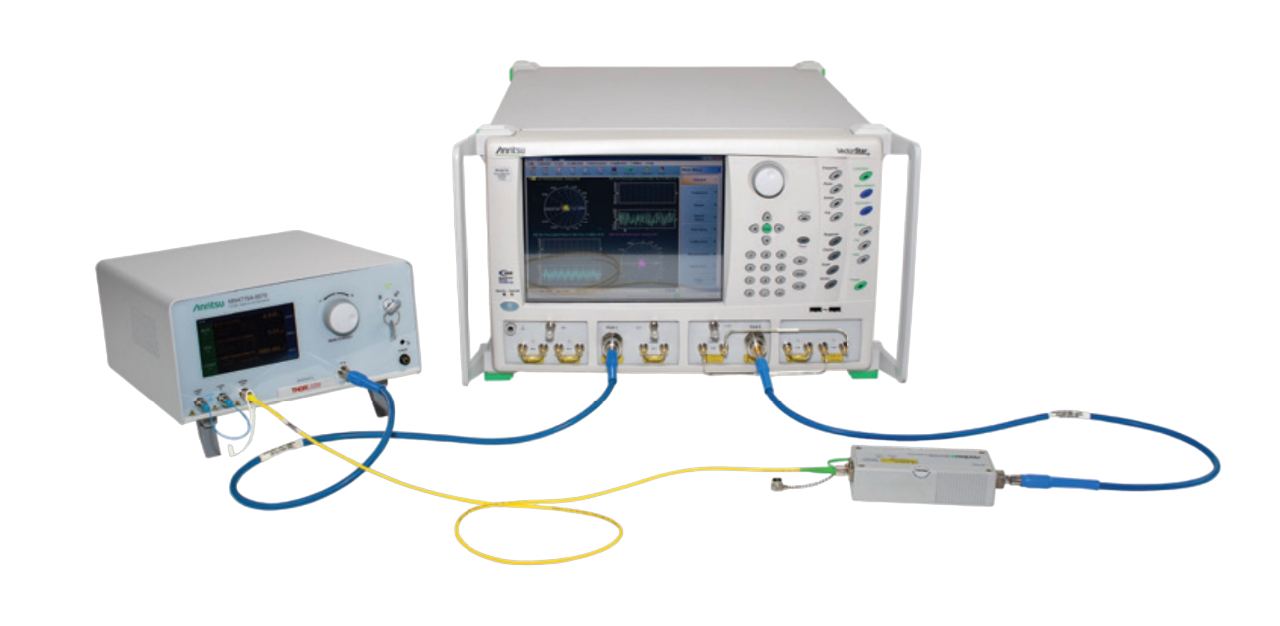 Network Analyzers
Network Analyzers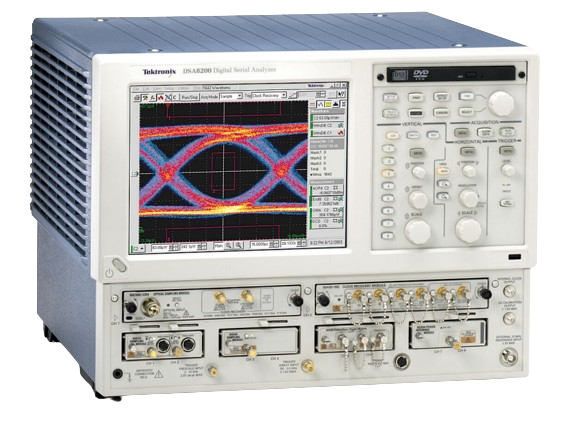 Signal Analyzers
Signal Analyzers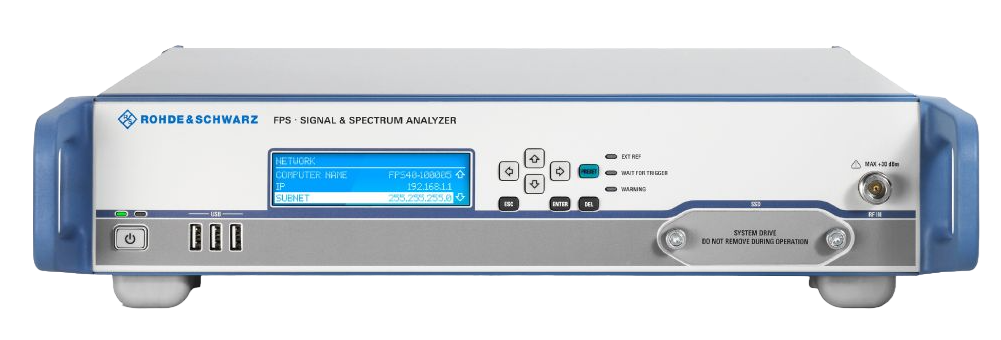 Logic Analyzers
Logic Analyzers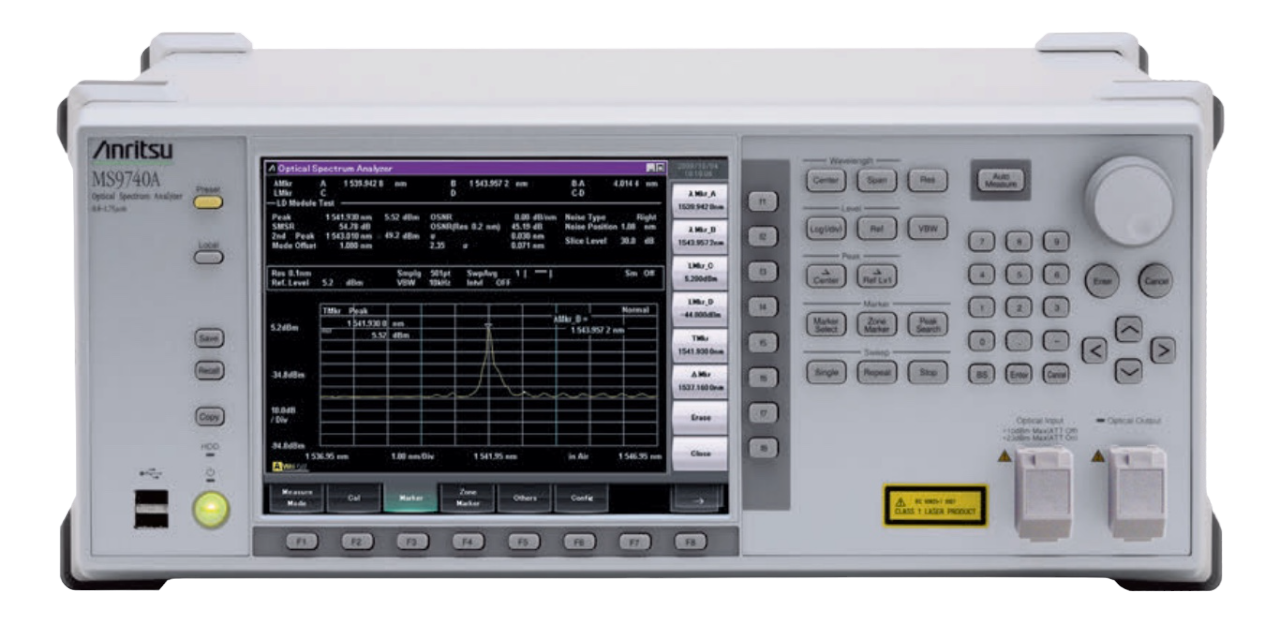 Optical Spectrum Analyzers
Optical Spectrum Analyzers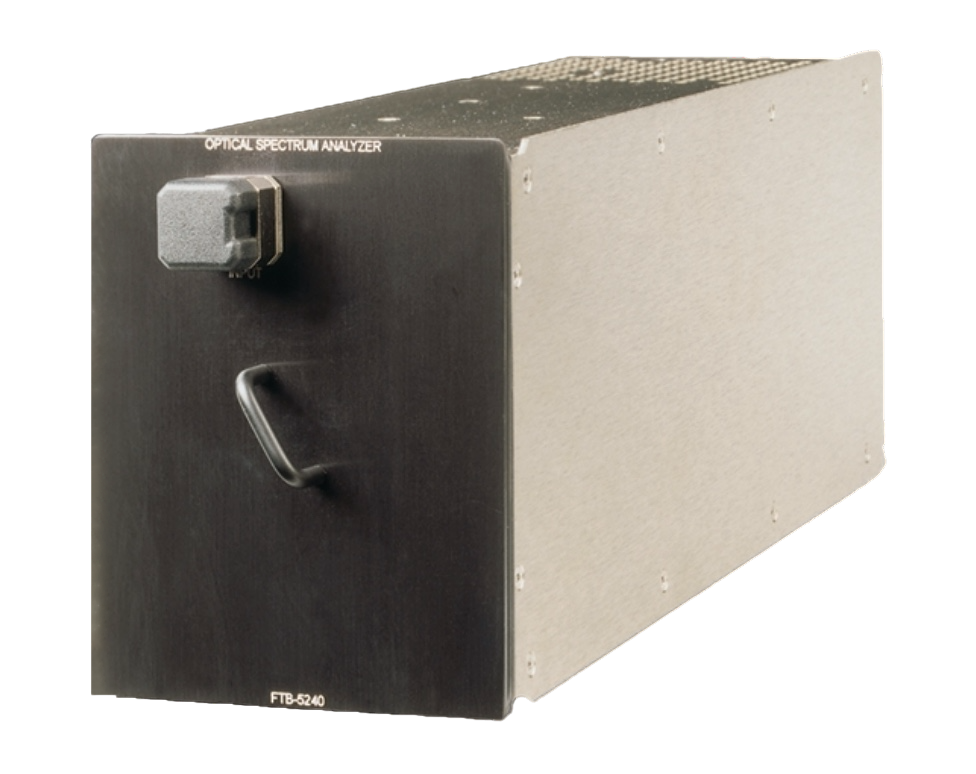 Other Analyzers
Other Analyzers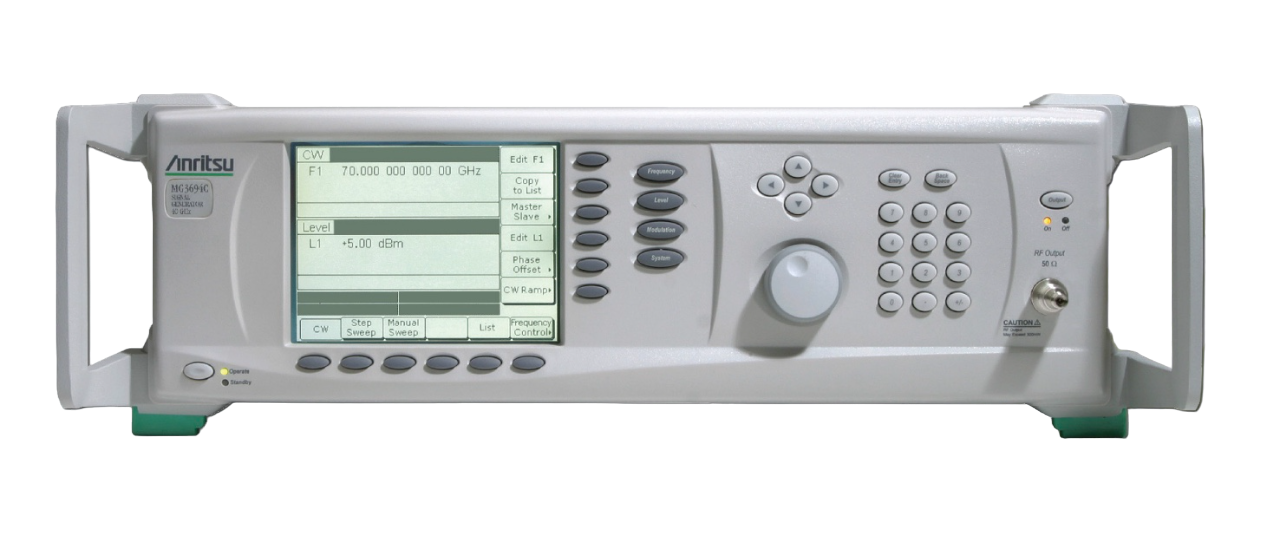 Signal Generator
Signal Generator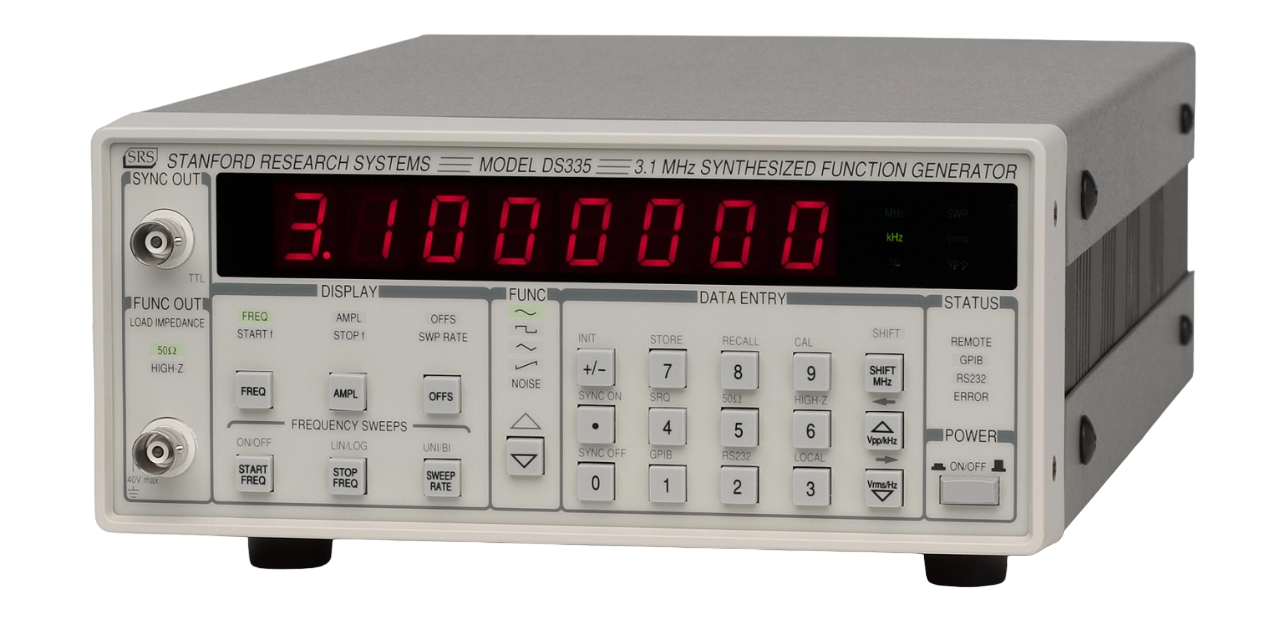 Function Generator
Function Generator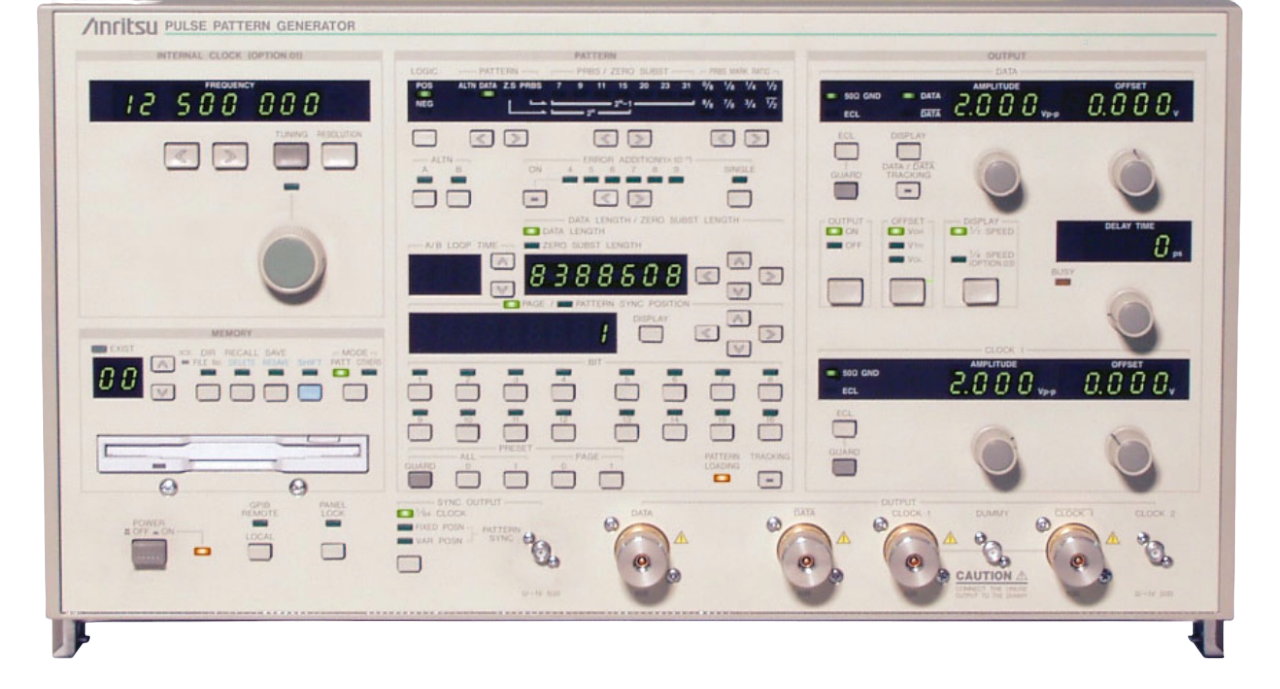 Pulse / Pattern Generator
Pulse / Pattern Generator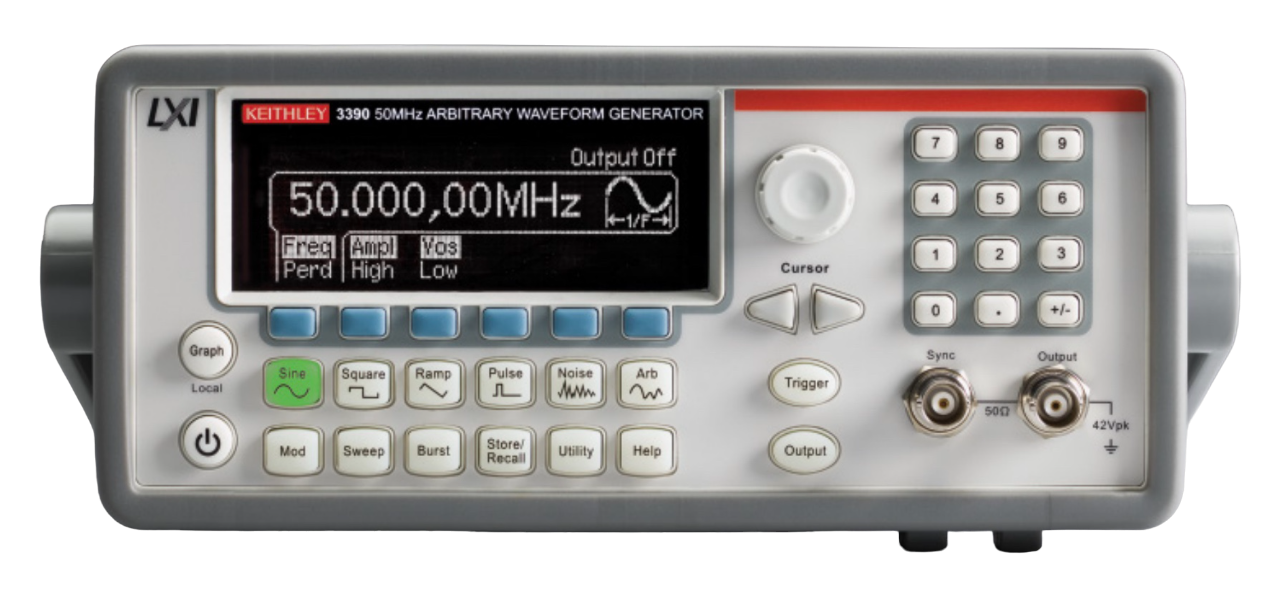 Waveform Generator
Waveform Generator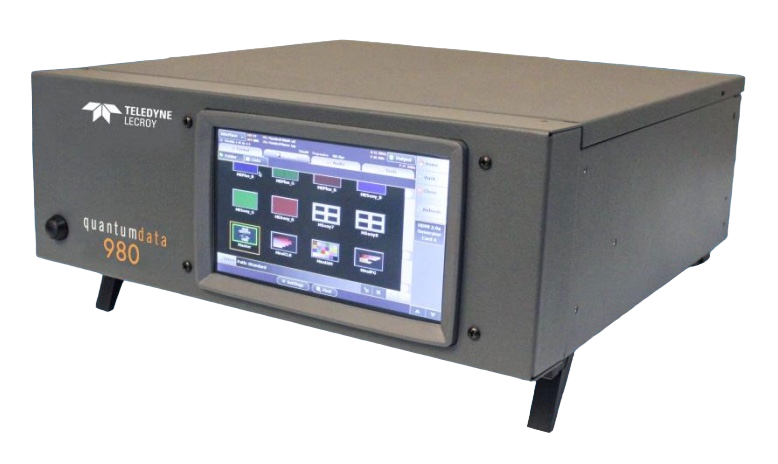 Other Generators
Other Generators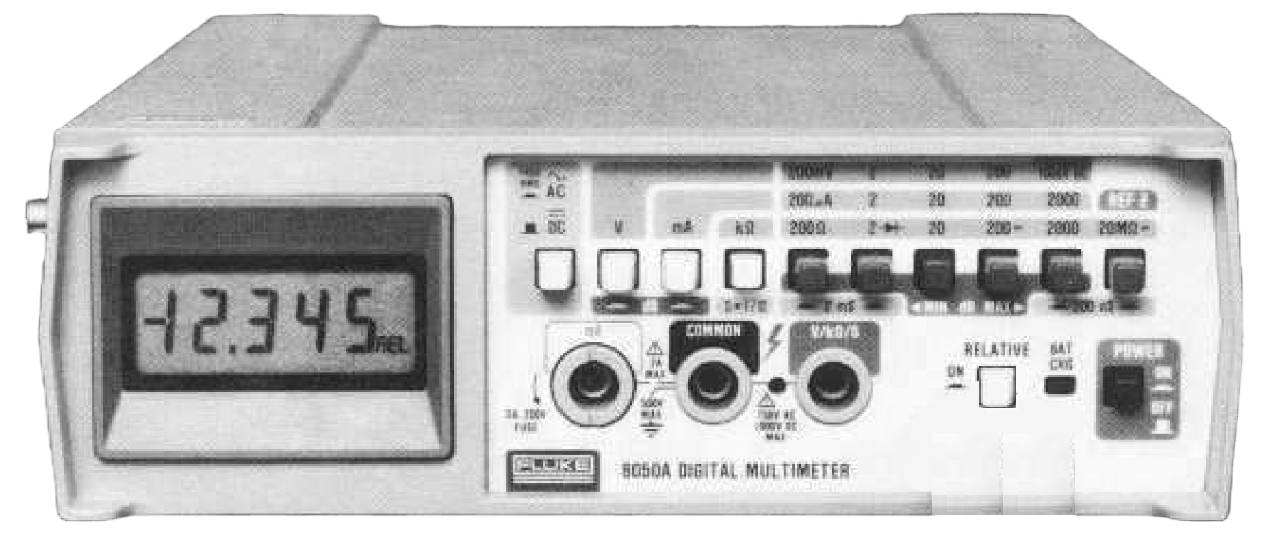 Digital Multimeter
Digital Multimeter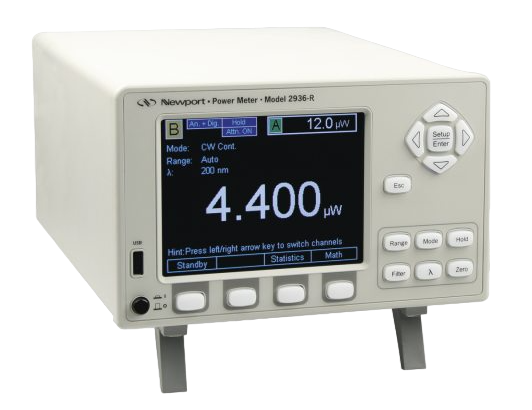 Power Meter
Power Meter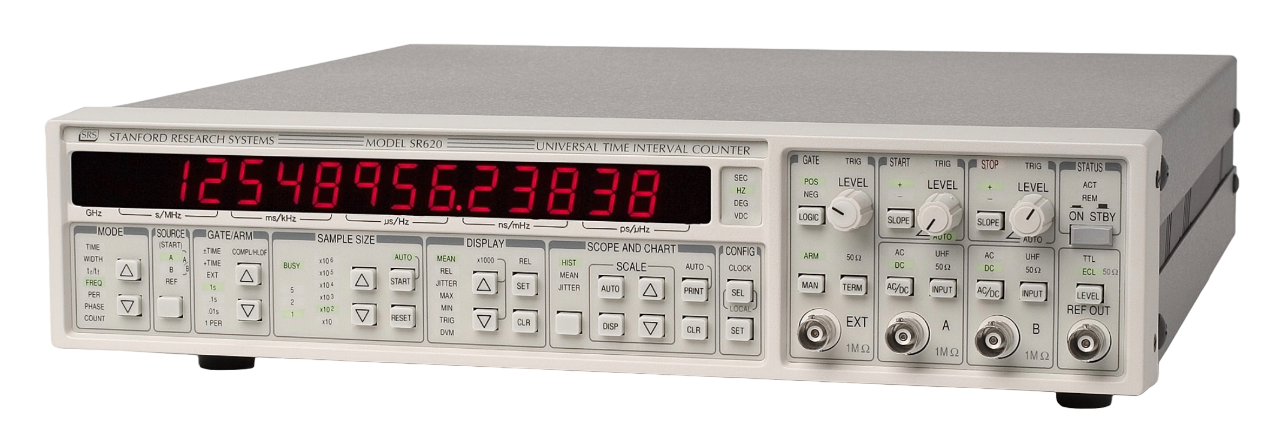 Frequency Counters
Frequency Counters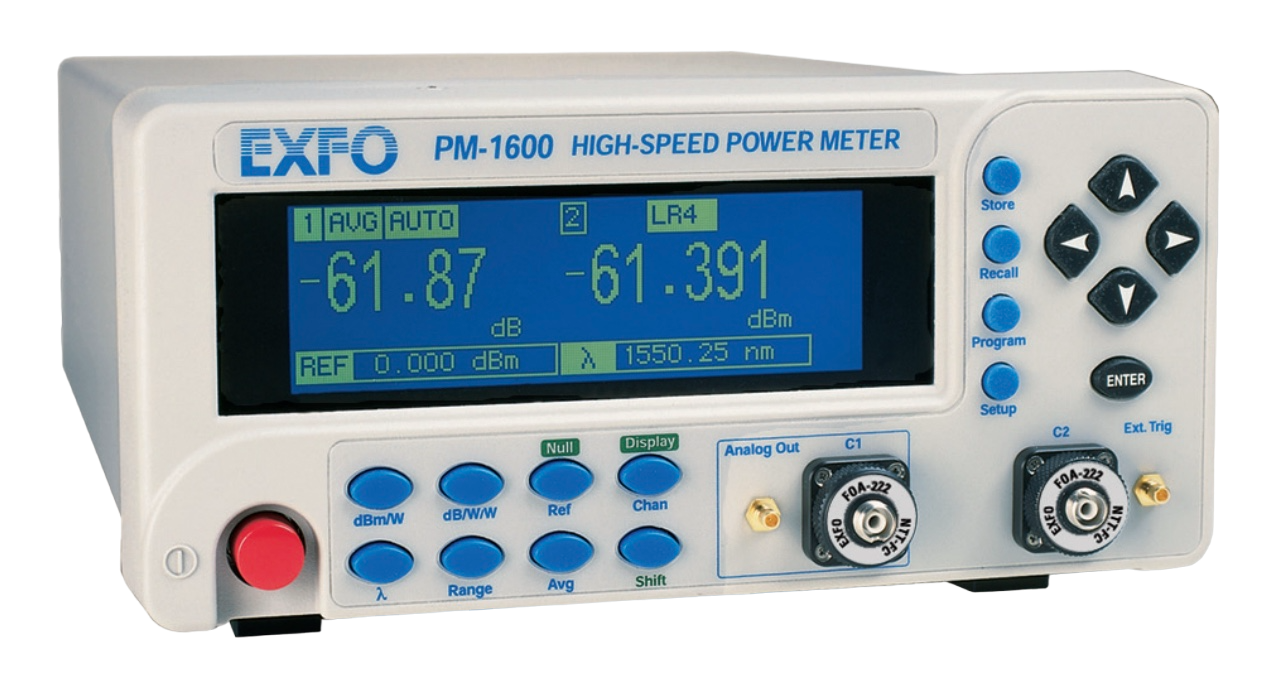 Optical Power Meter
Optical Power Meter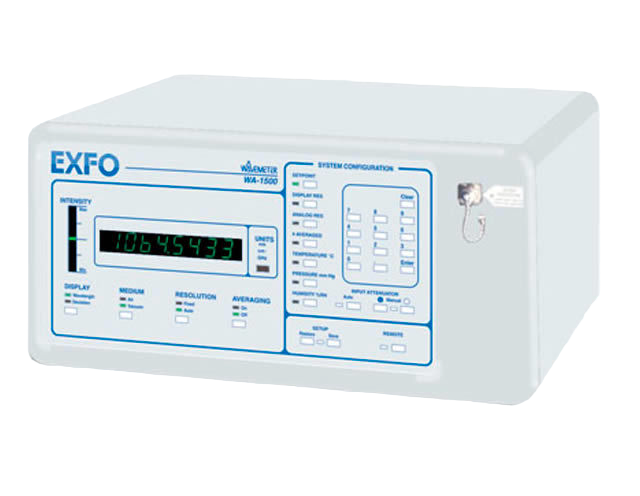 Wavelength Meter
Wavelength Meter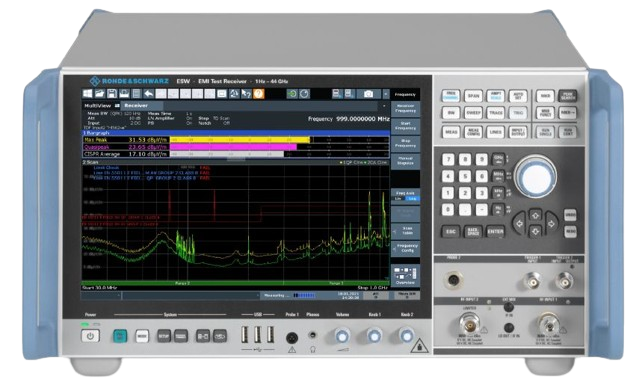 Receiver
Receiver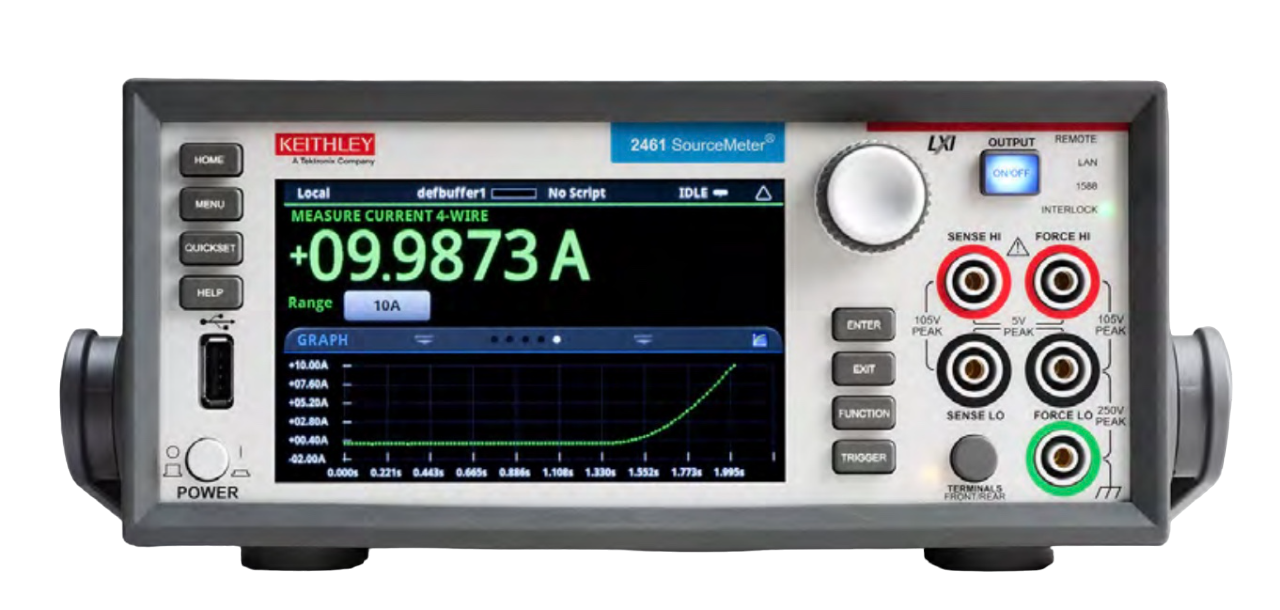 Current/Power Source Meter
Current/Power Source Meter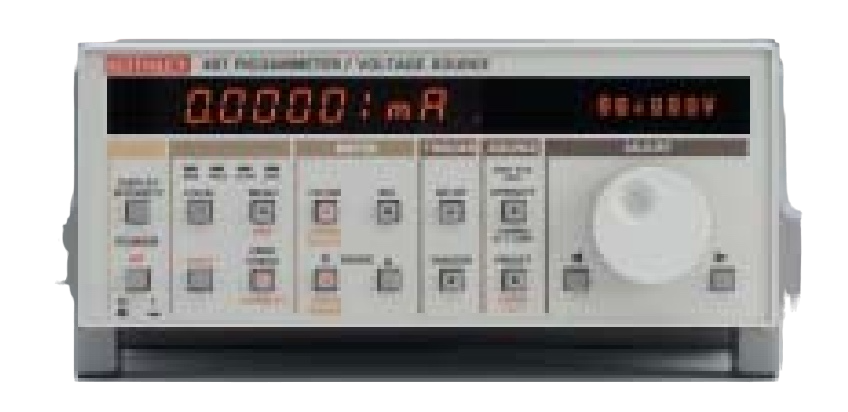 Picoammeter
Picoammeter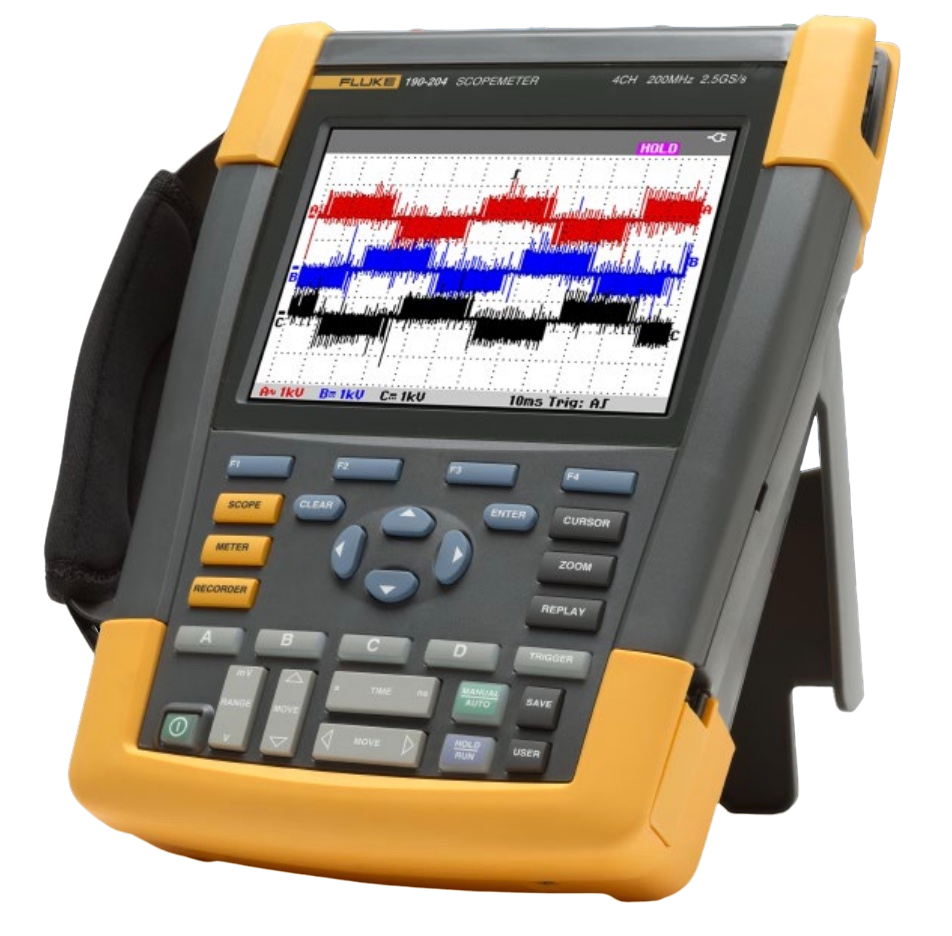 Other Meters
Other Meters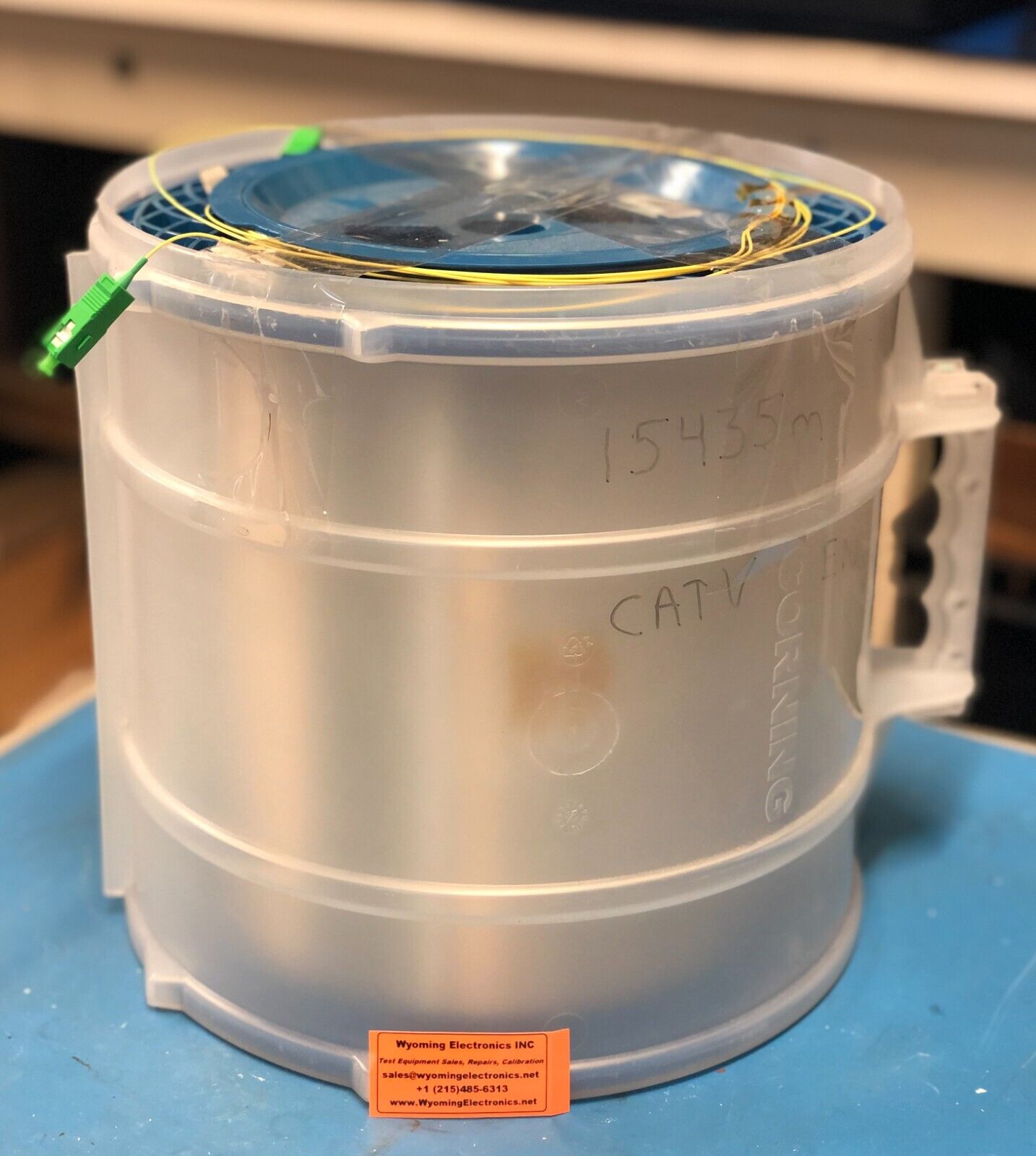 Optical Fiber
Optical Fiber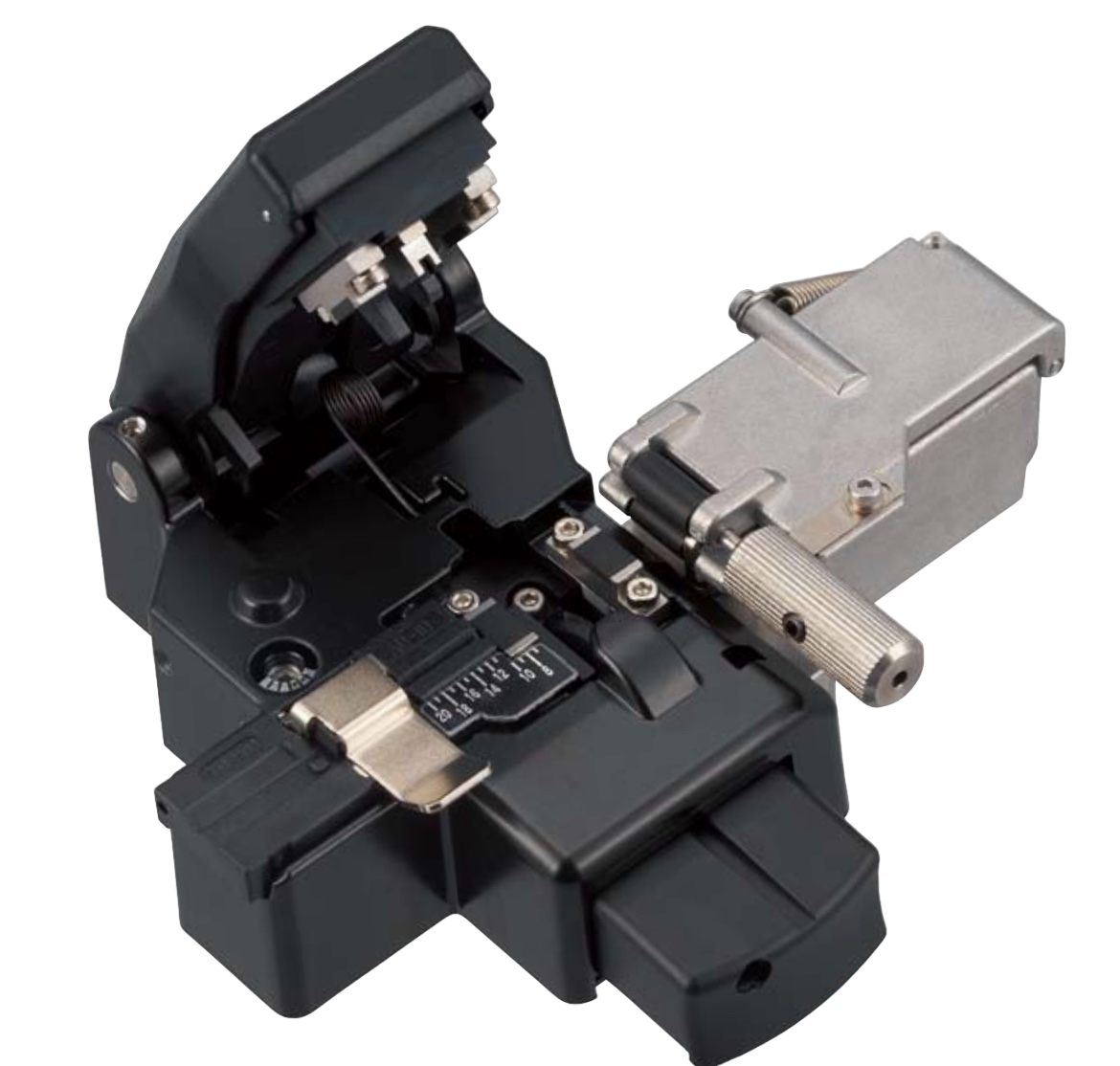 Fiber Cleaver
Fiber Cleaver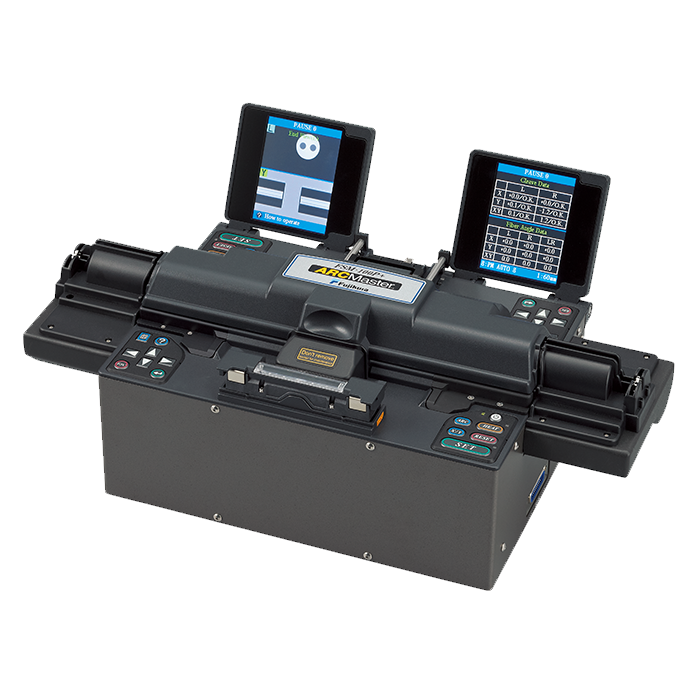 Fusion Splicer
Fusion Splicer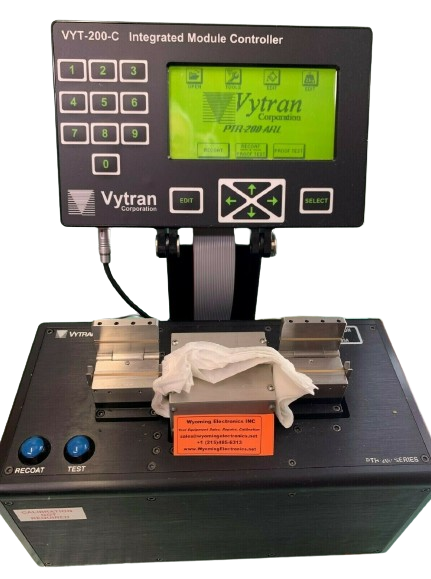 Fiber Recoater
Fiber Recoater Optical Attenuator
Optical Attenuator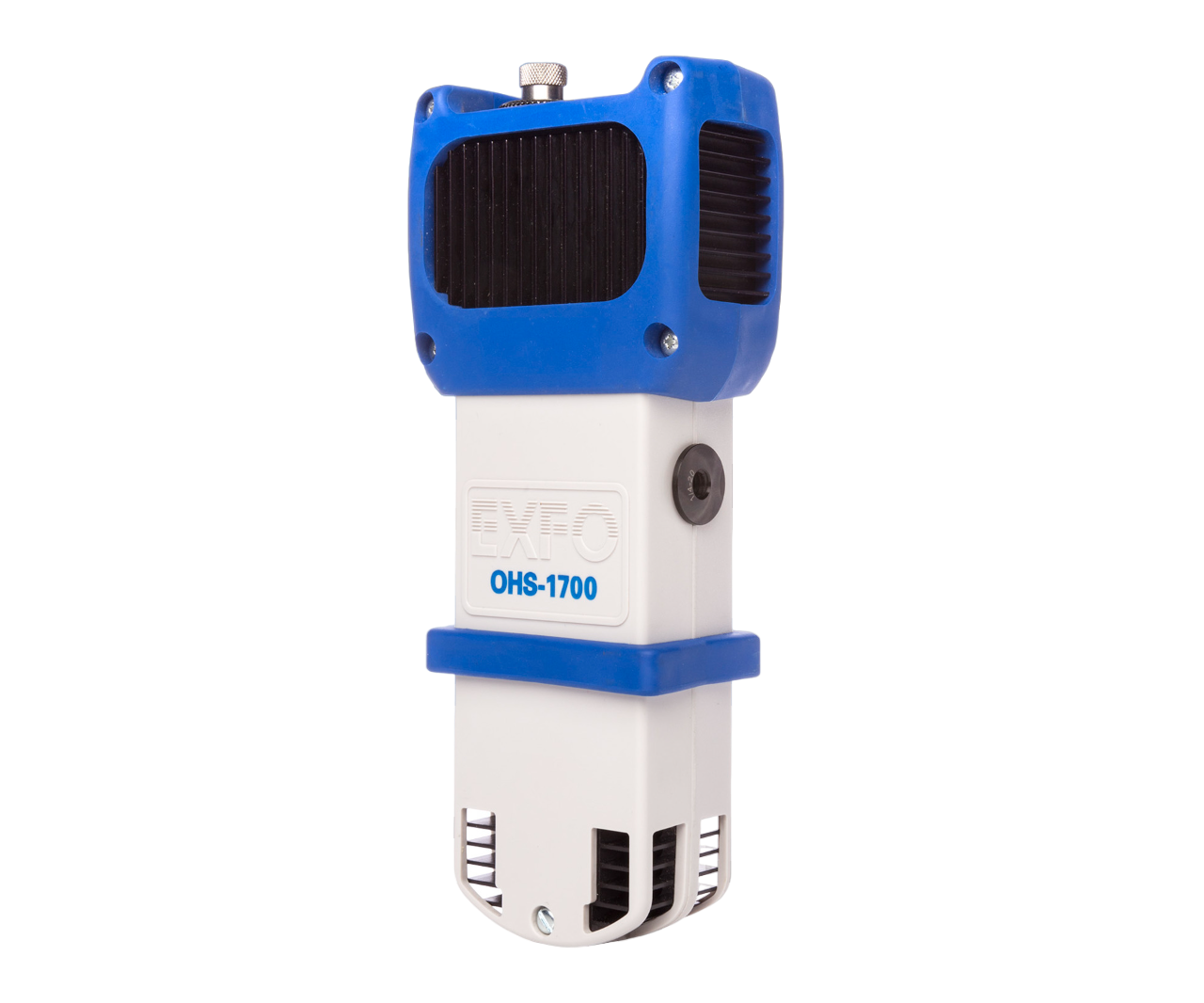 Optical Head
Optical Head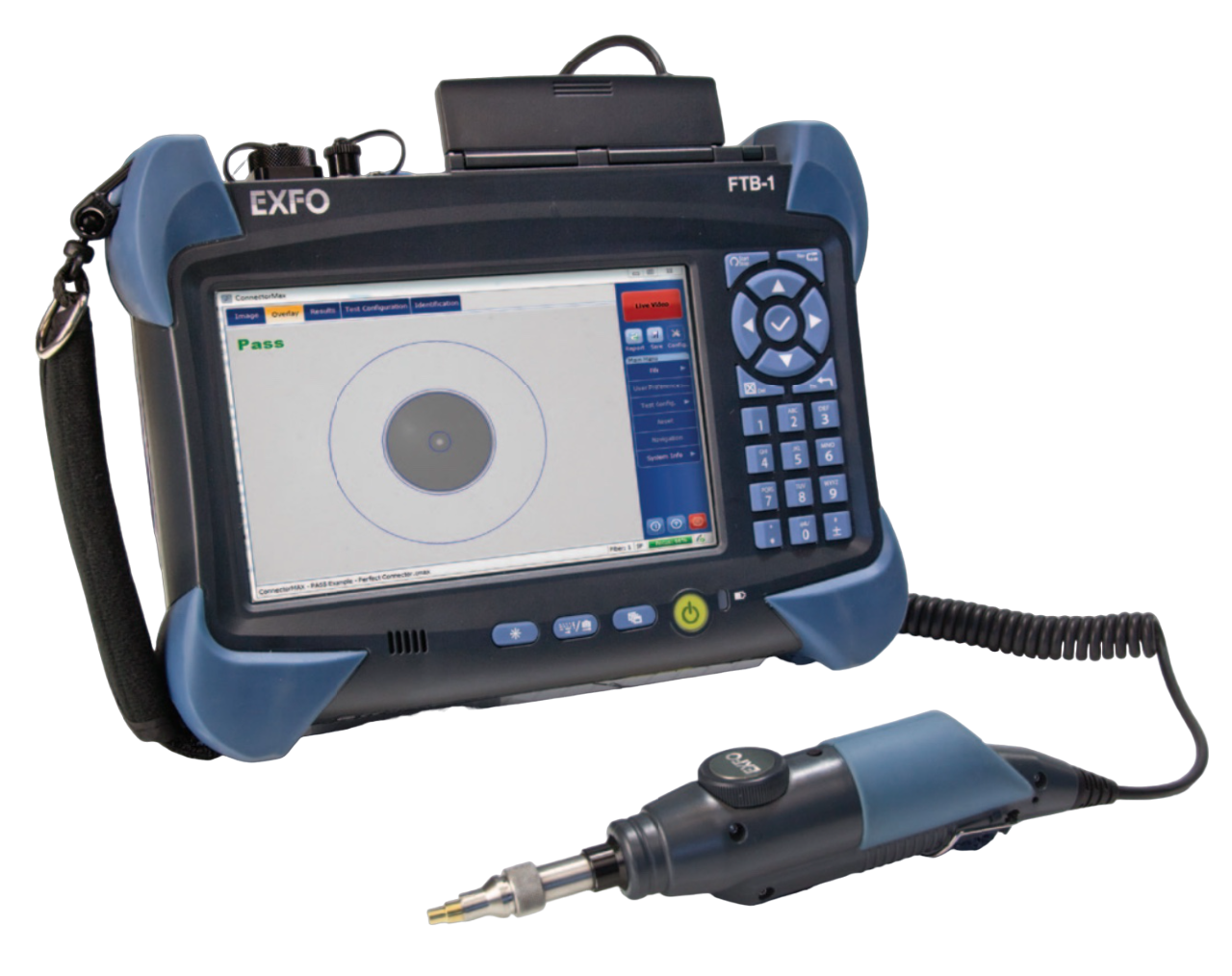 OTDR (Optical Time-Domain Reflectometer)
OTDR (Optical Time-Domain Reflectometer)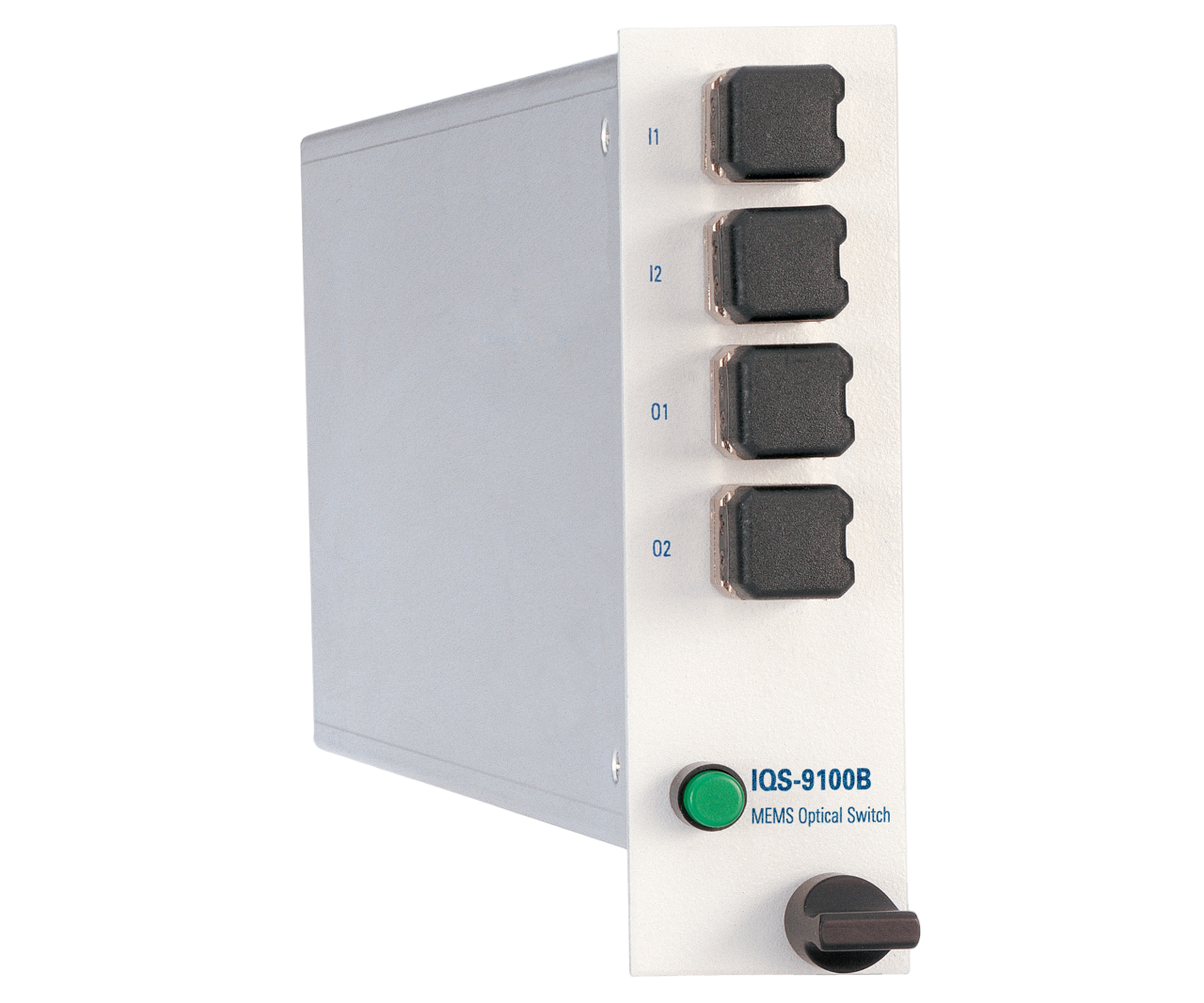 Other Optical Instruments
Other Optical Instruments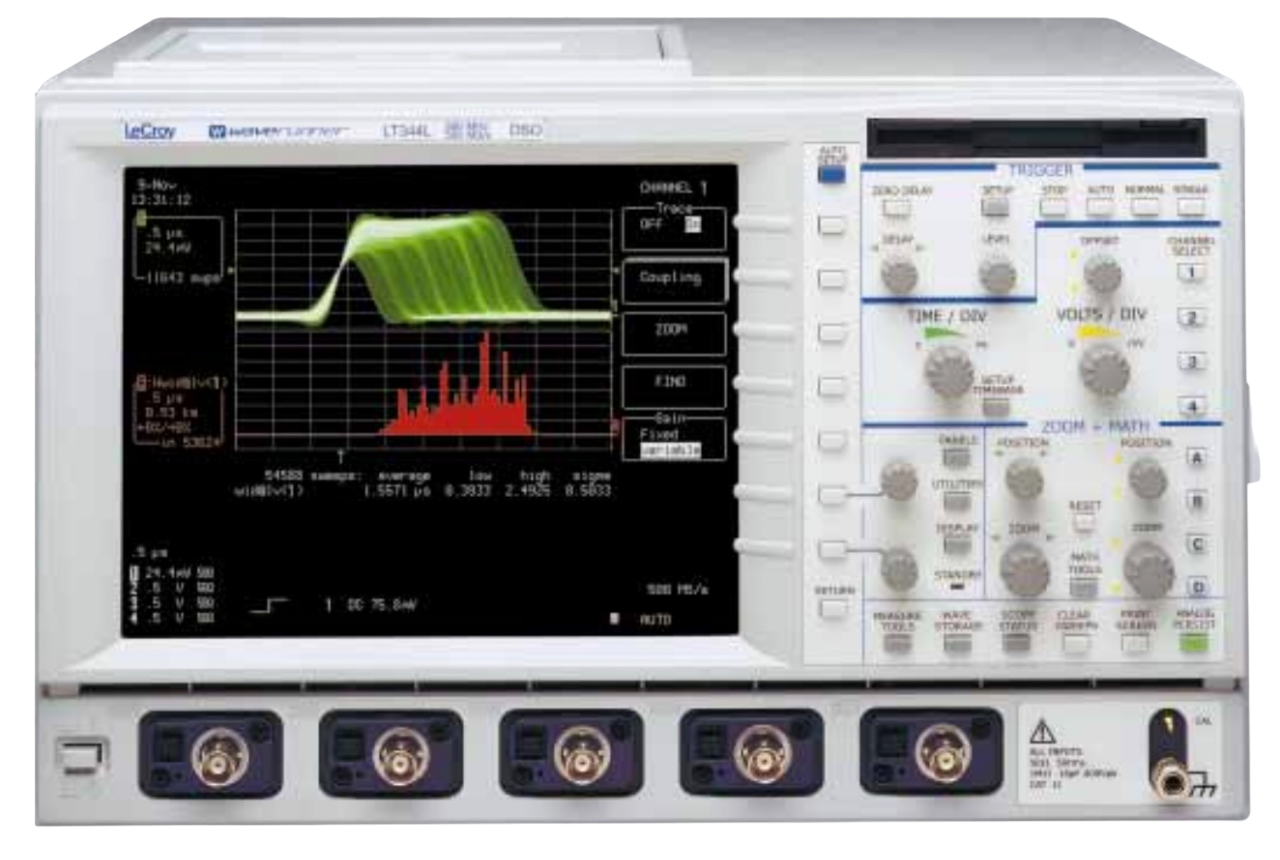 Oscilloscopes
Oscilloscopes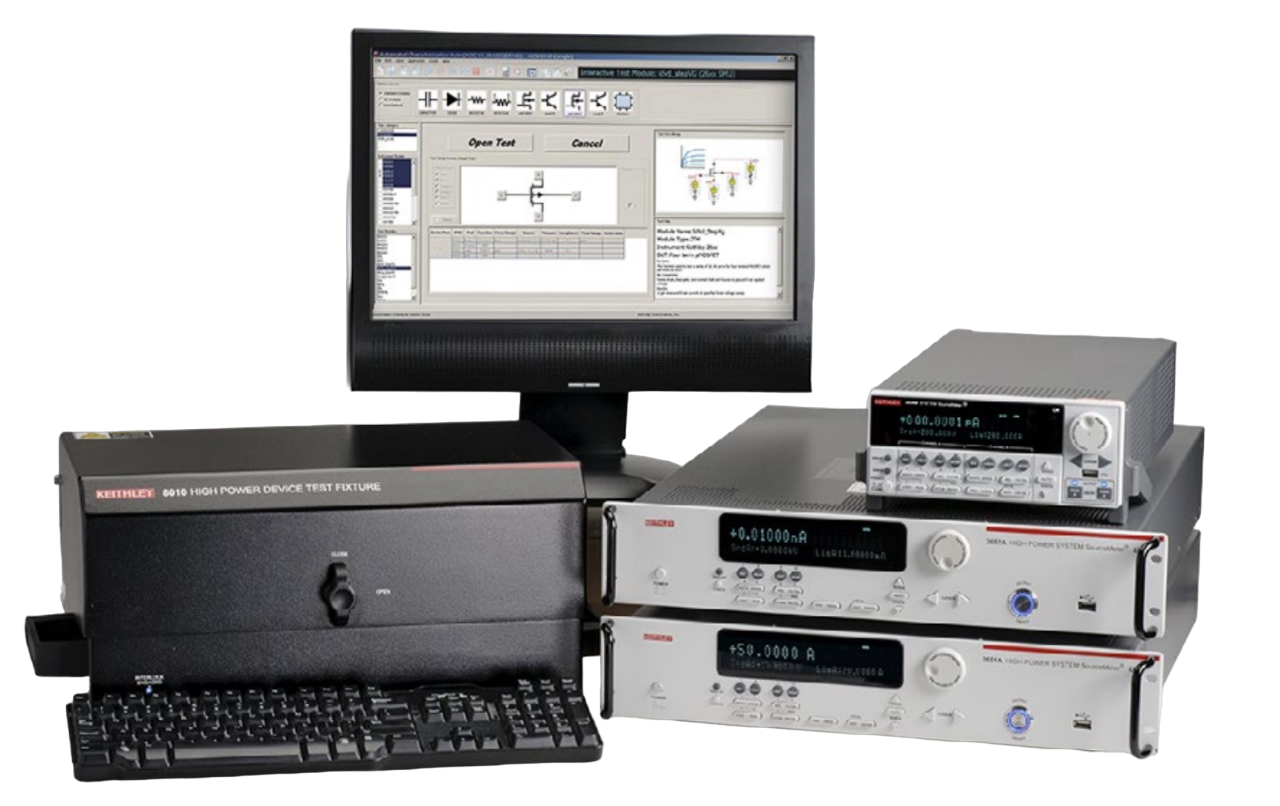 Curve Tracer
Curve Tracer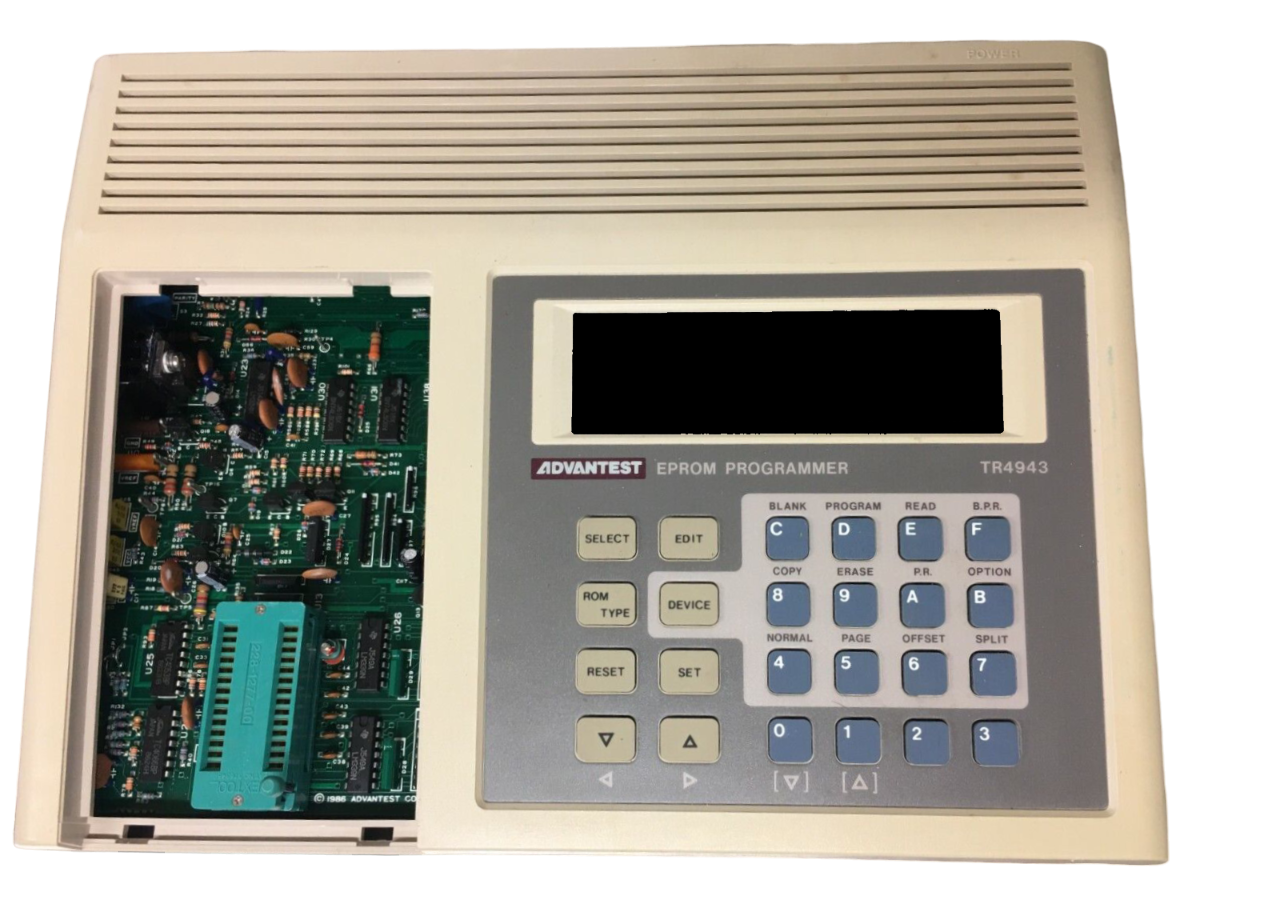 EPROM Programer
EPROM Programer Recorder
Recorder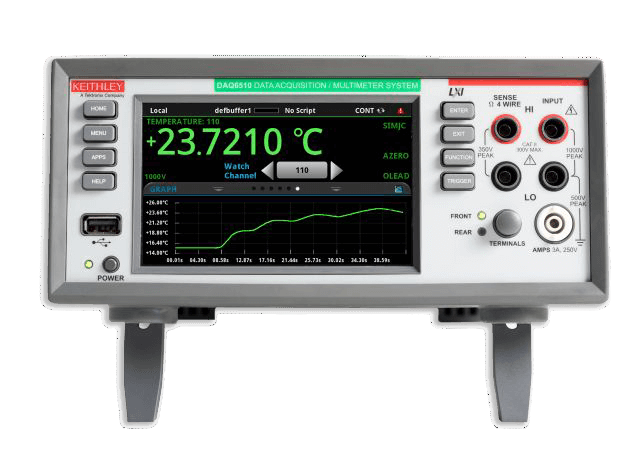 Data Acquisition System
Data Acquisition System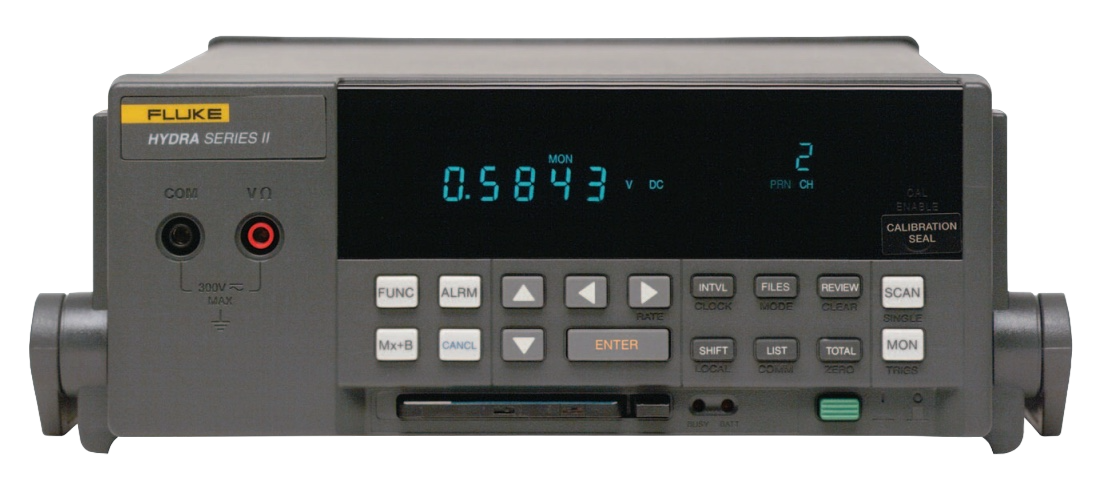 Data Logger
Data Logger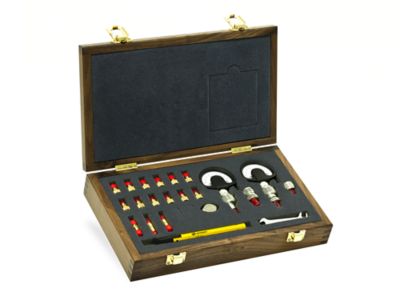 Calibration Kit
Calibration Kit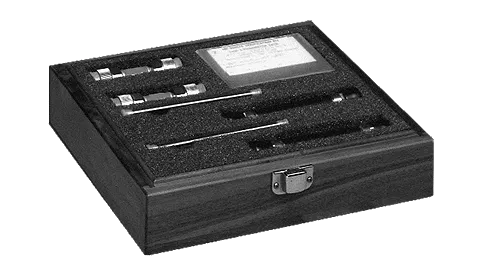 Verification Kit
Verification Kit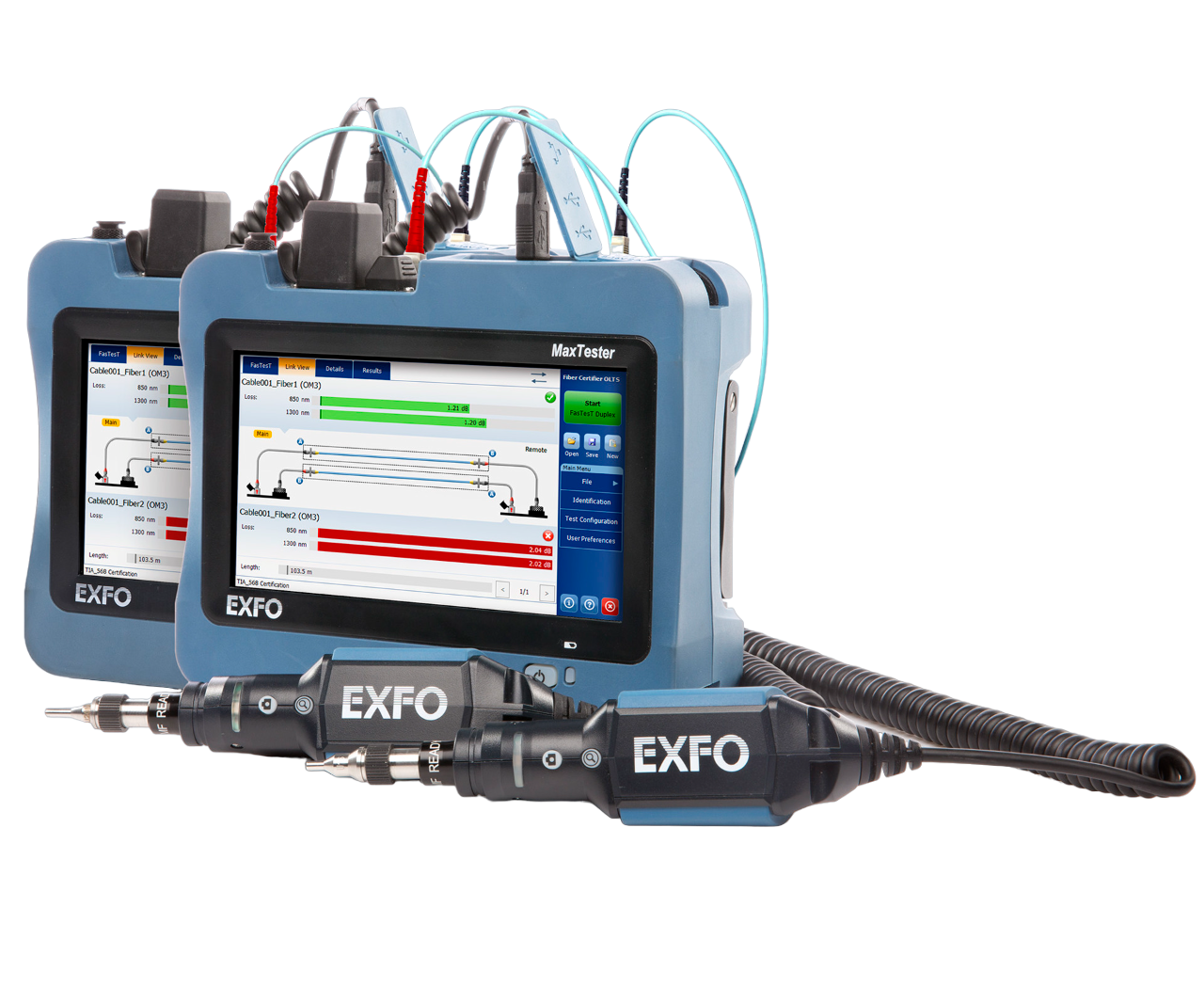 Test Set
Test Set Test Chamber / Ovens
Test Chamber / Ovens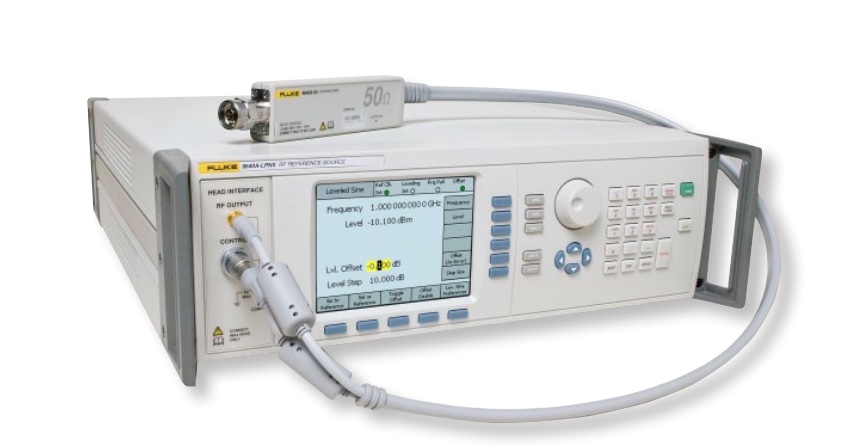 Calibrator
Calibrator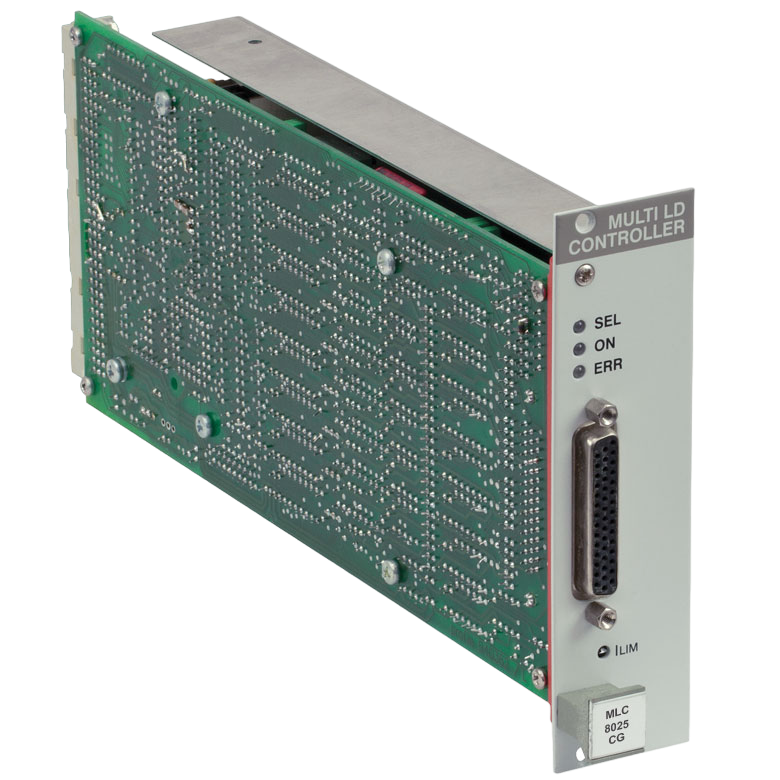 Controller
Controller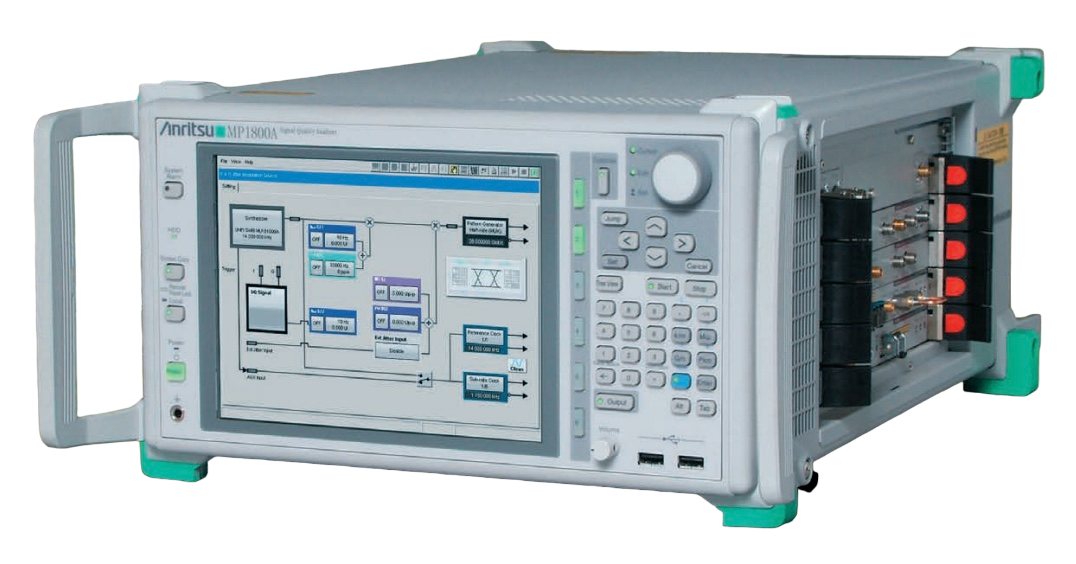 Mainframe
Mainframe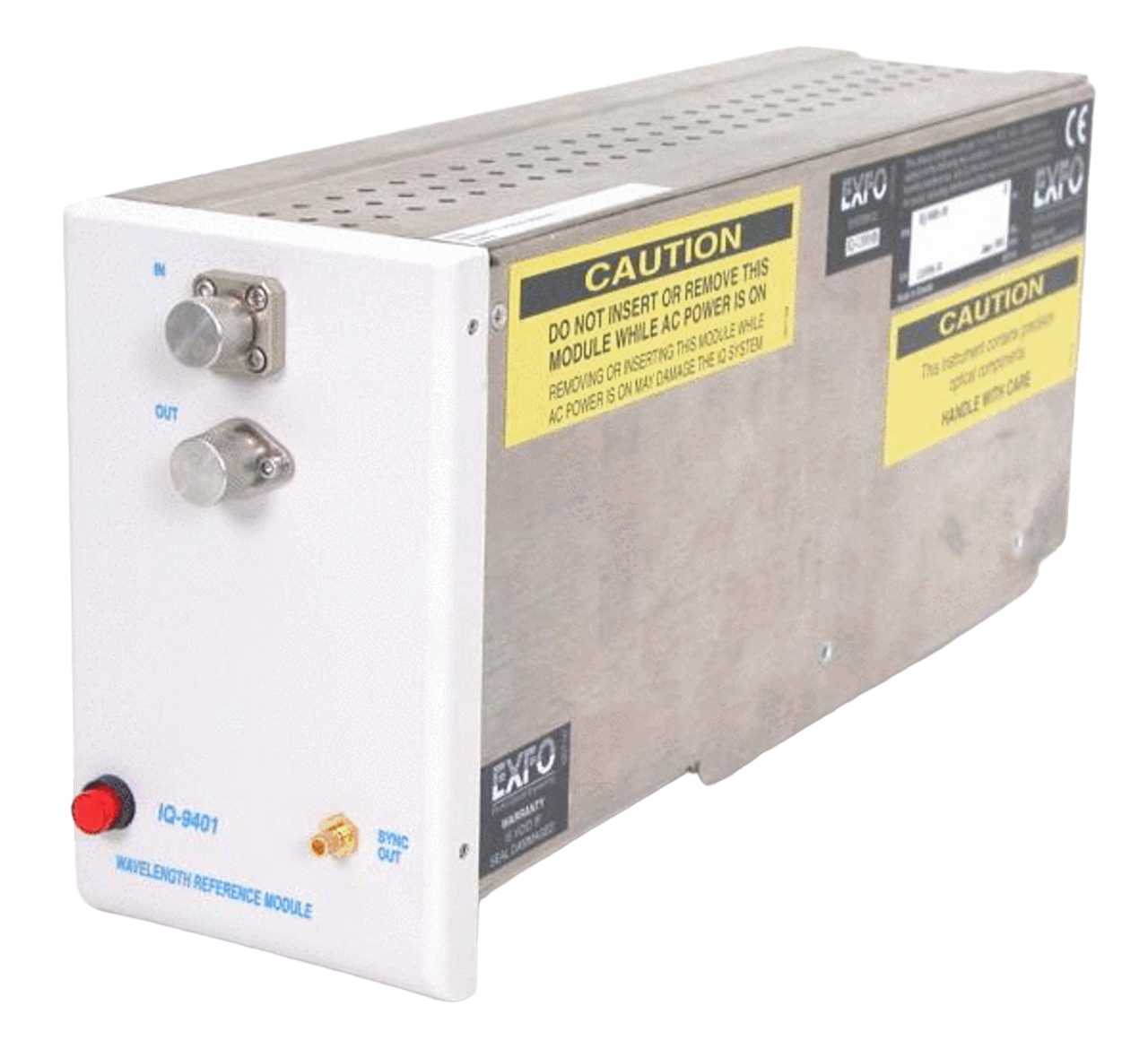 Module
Module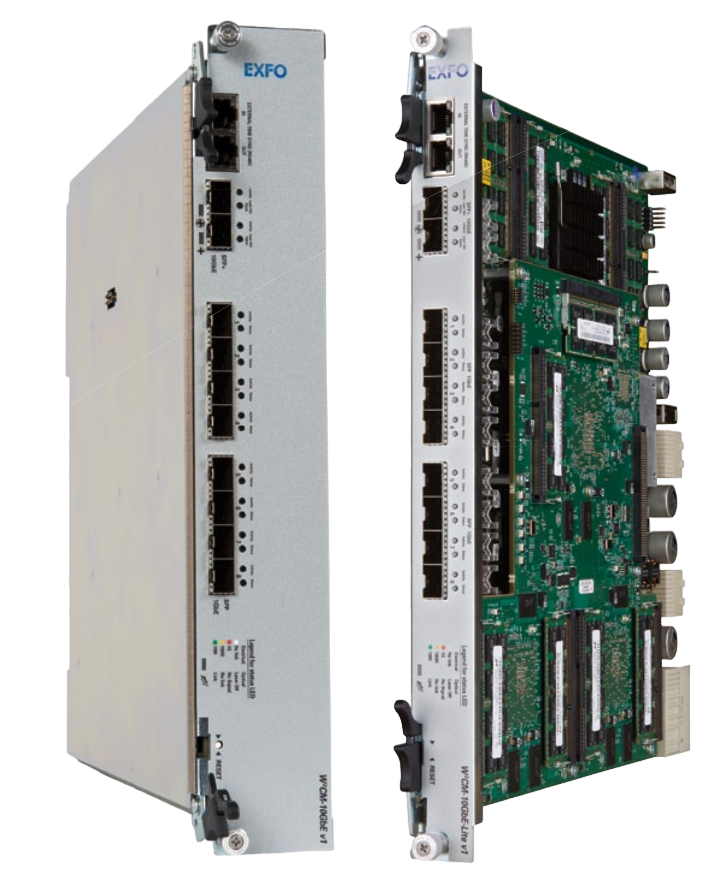 Interfaces(GPIB, Power)
Interfaces(GPIB, Power)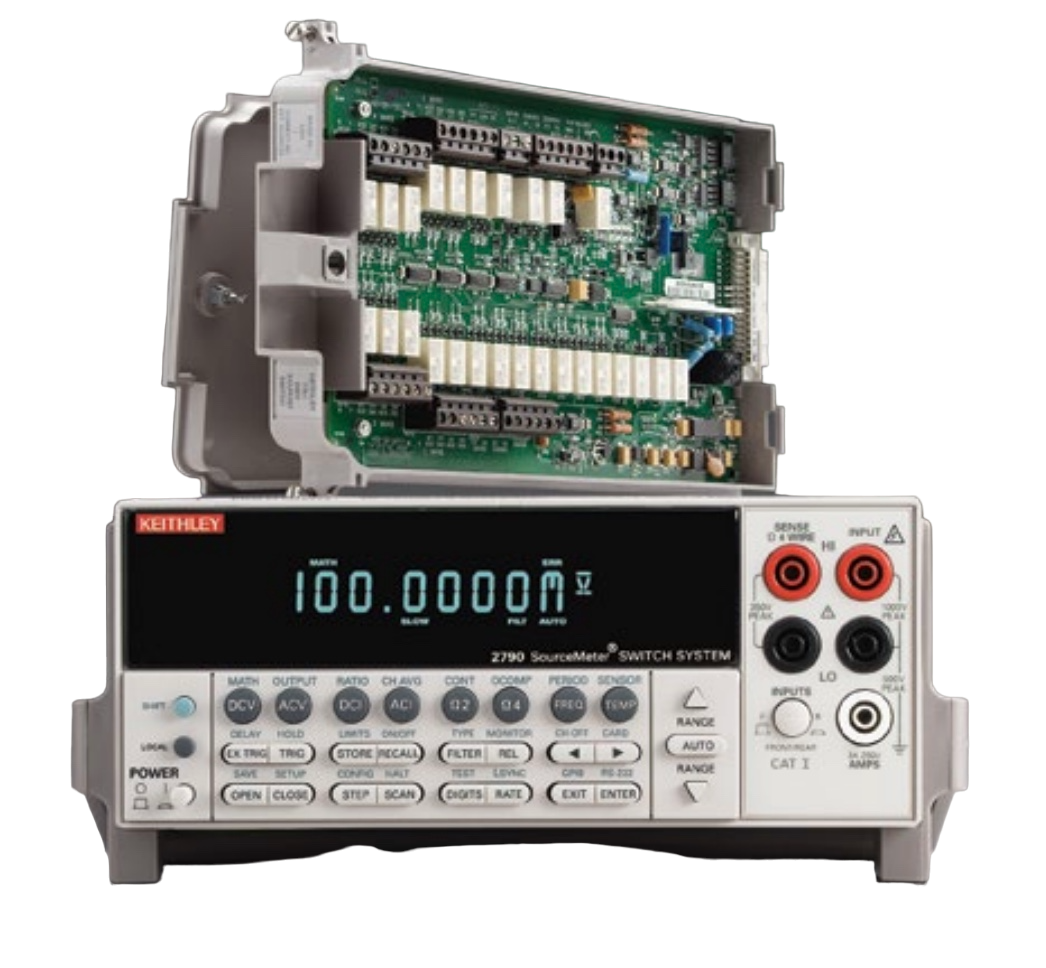 Switch
Switch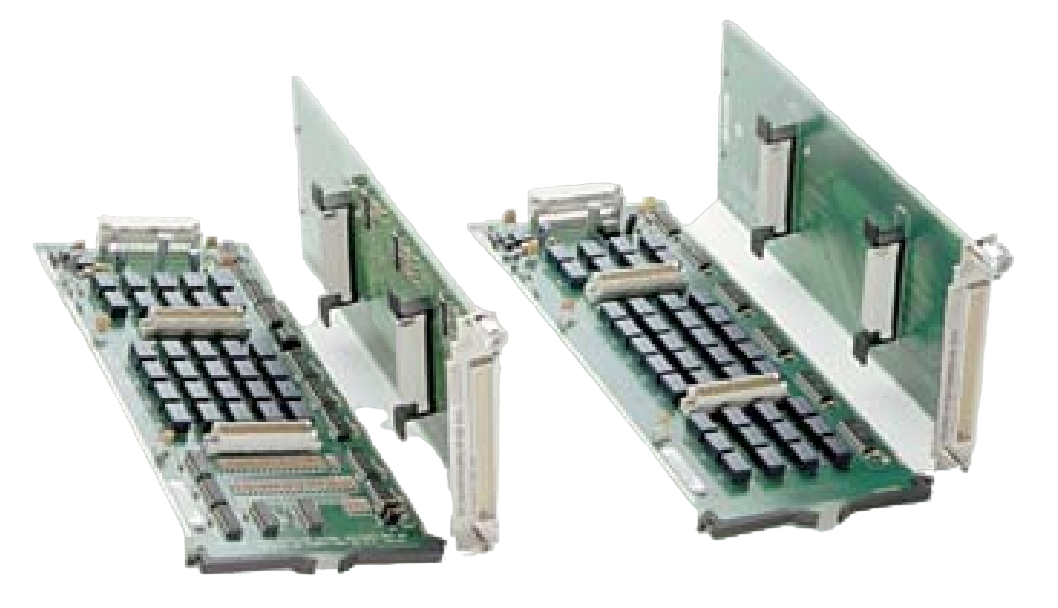 Matrix Cards
Matrix Cards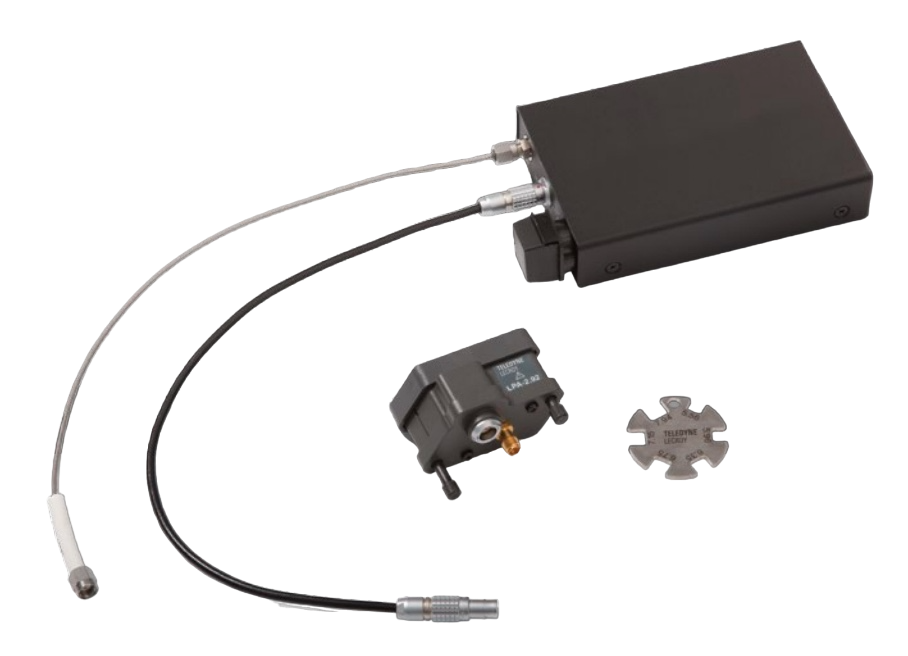 Converter
Converter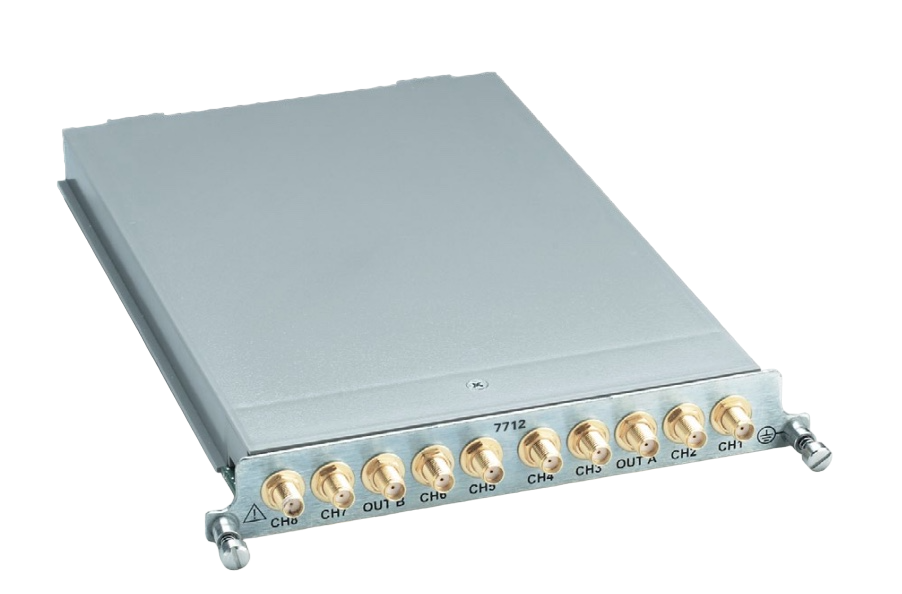 Multiplexer
Multiplexer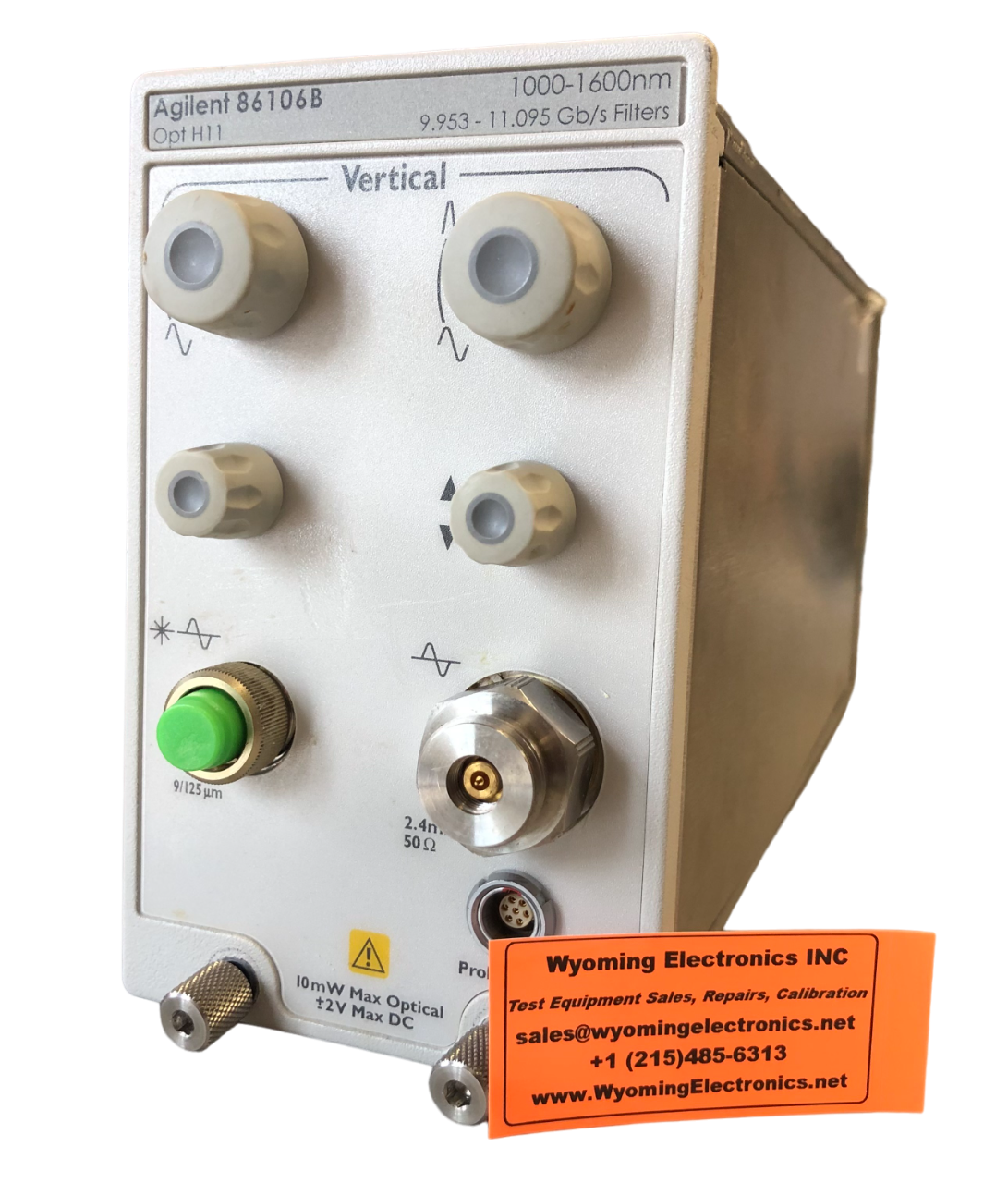 Plug-in
Plug-in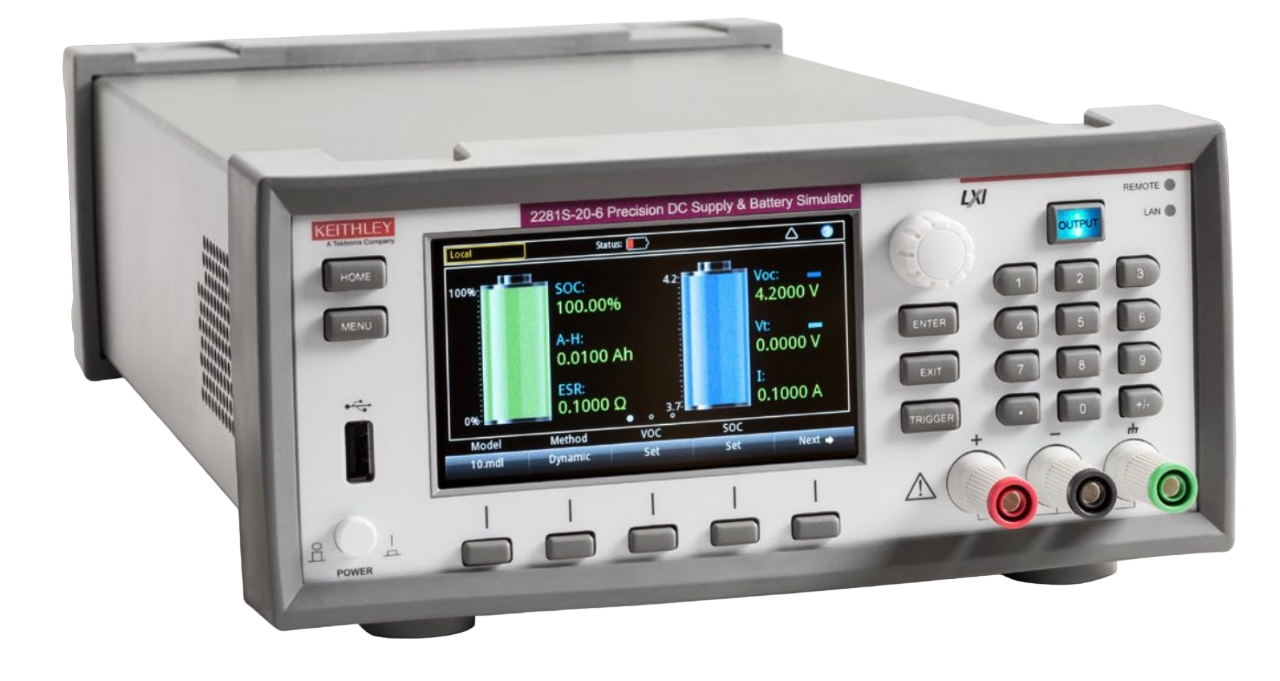 Simulator
Simulator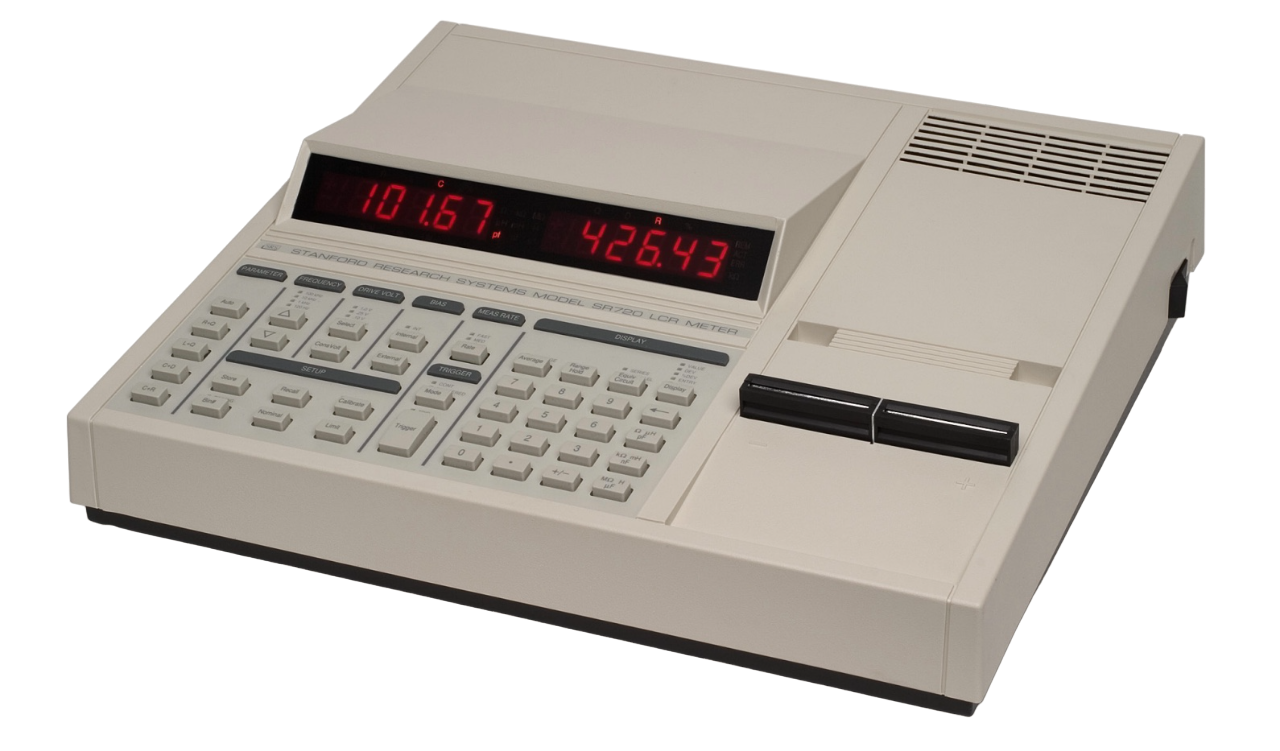 LCR Meters
LCR Meters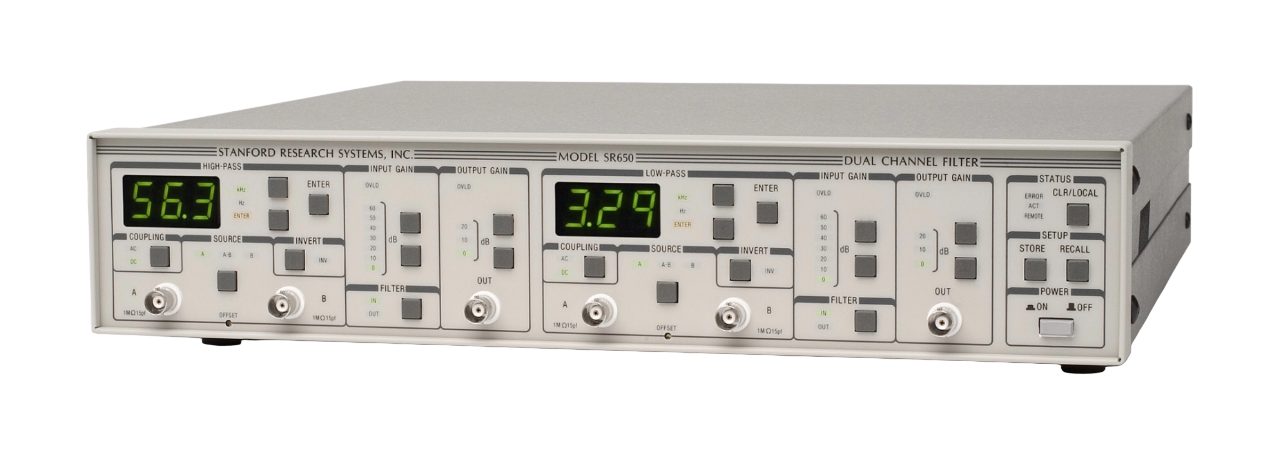 Filters
Filters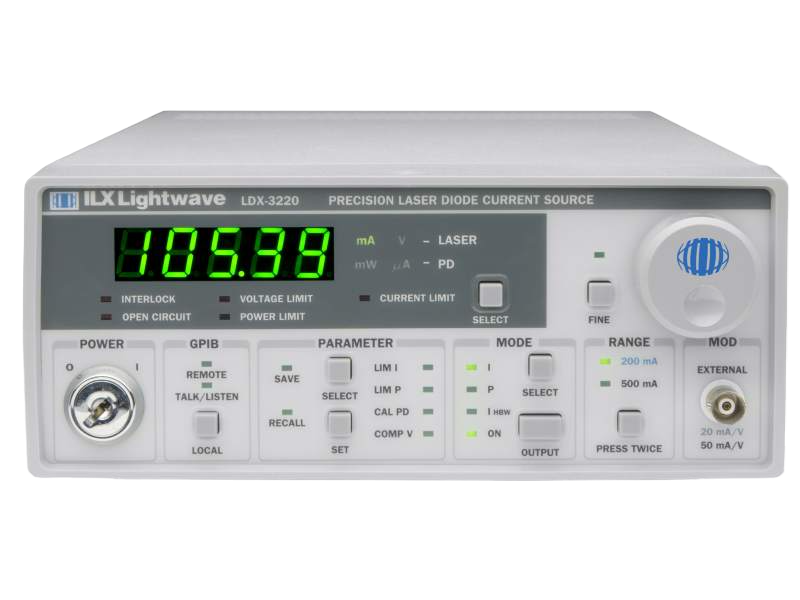 Laser Drivers
Laser Drivers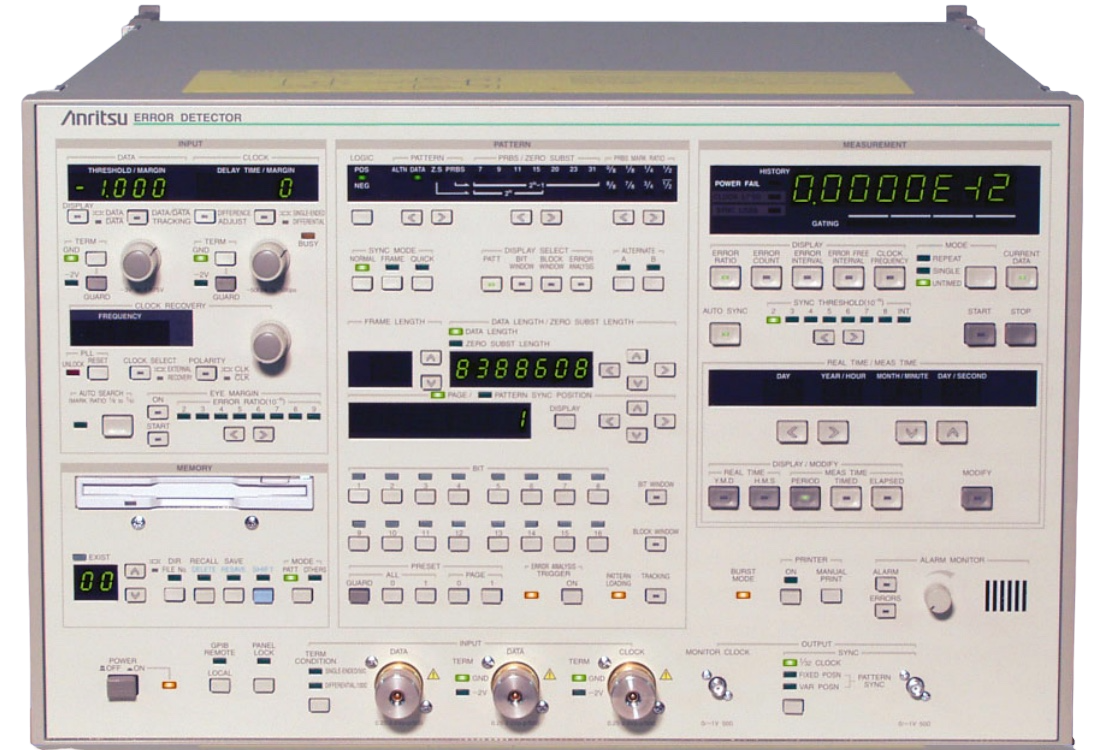 Error Detectors
Error Detectors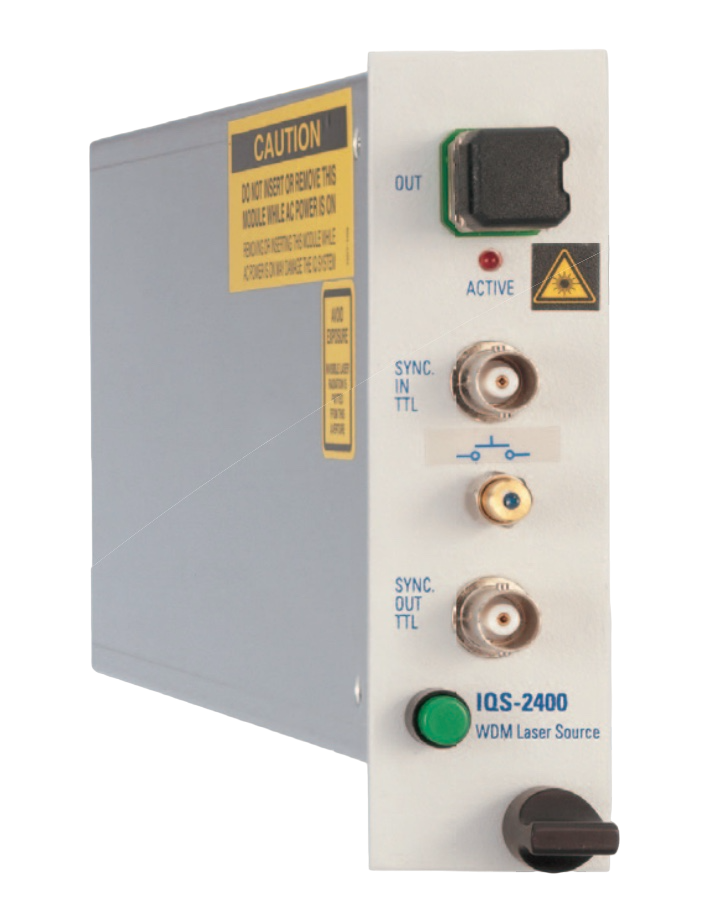 Laser Source
Laser Source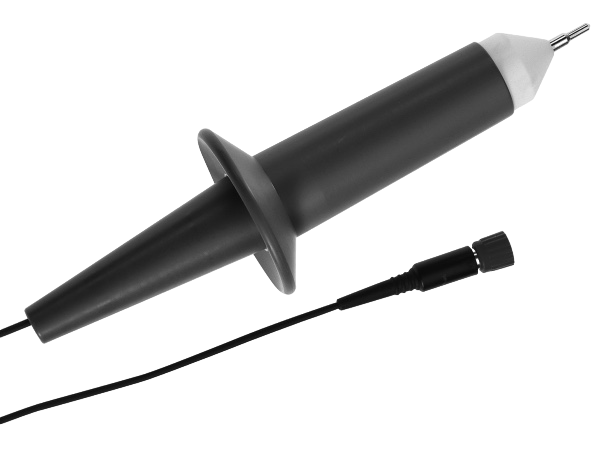 Probe
Probe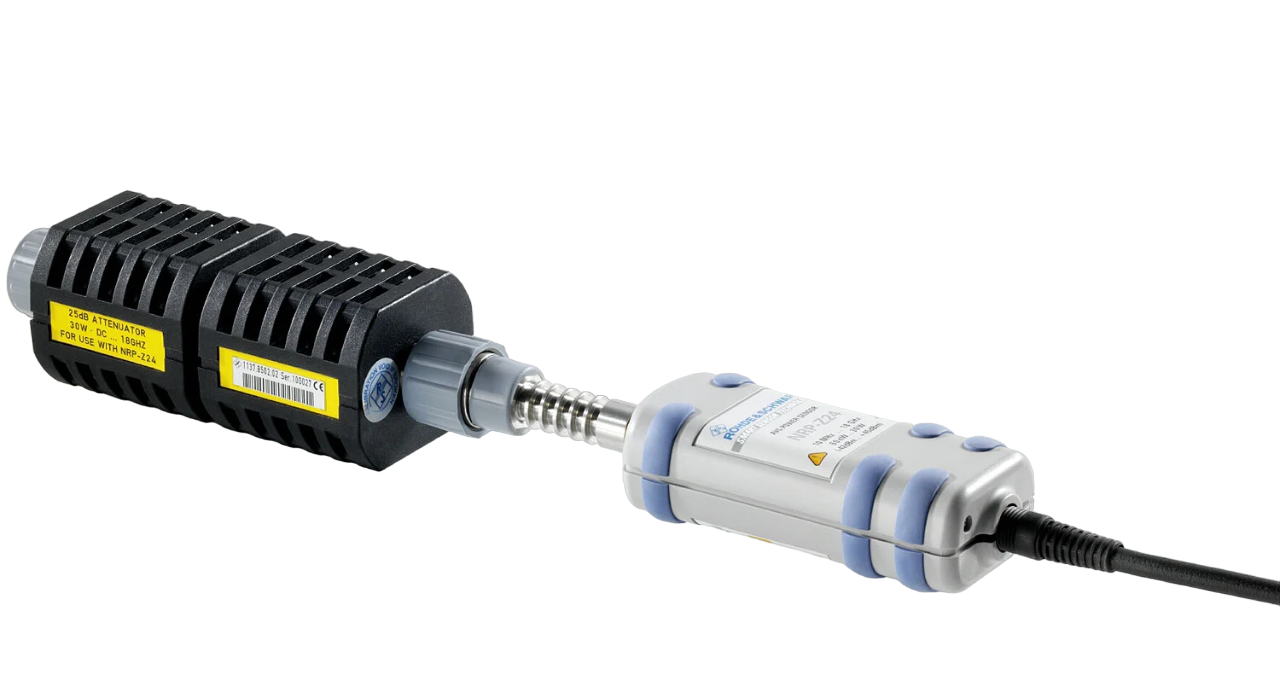 Power Sensor
Power Sensor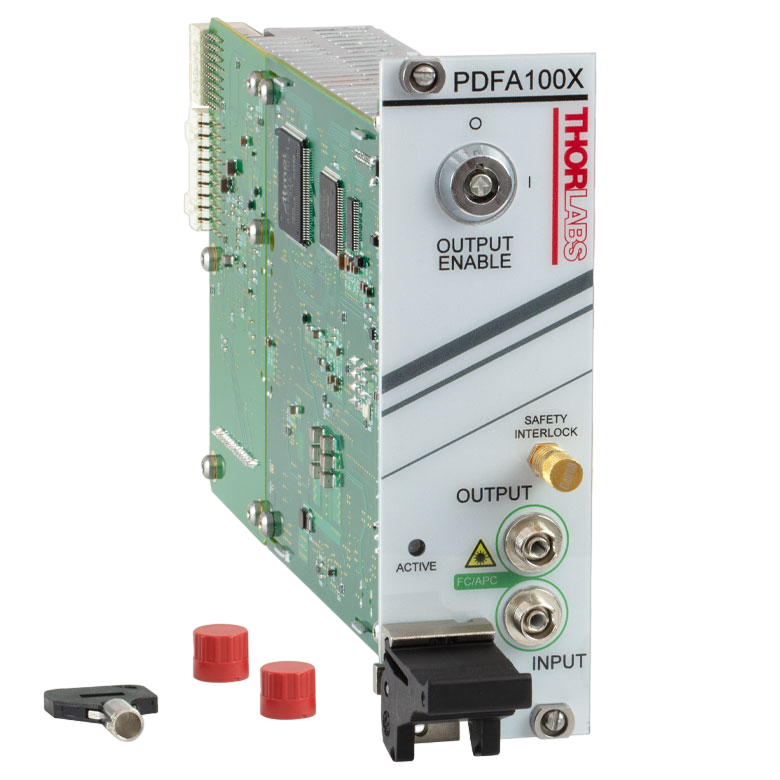 Amplifier
Amplifier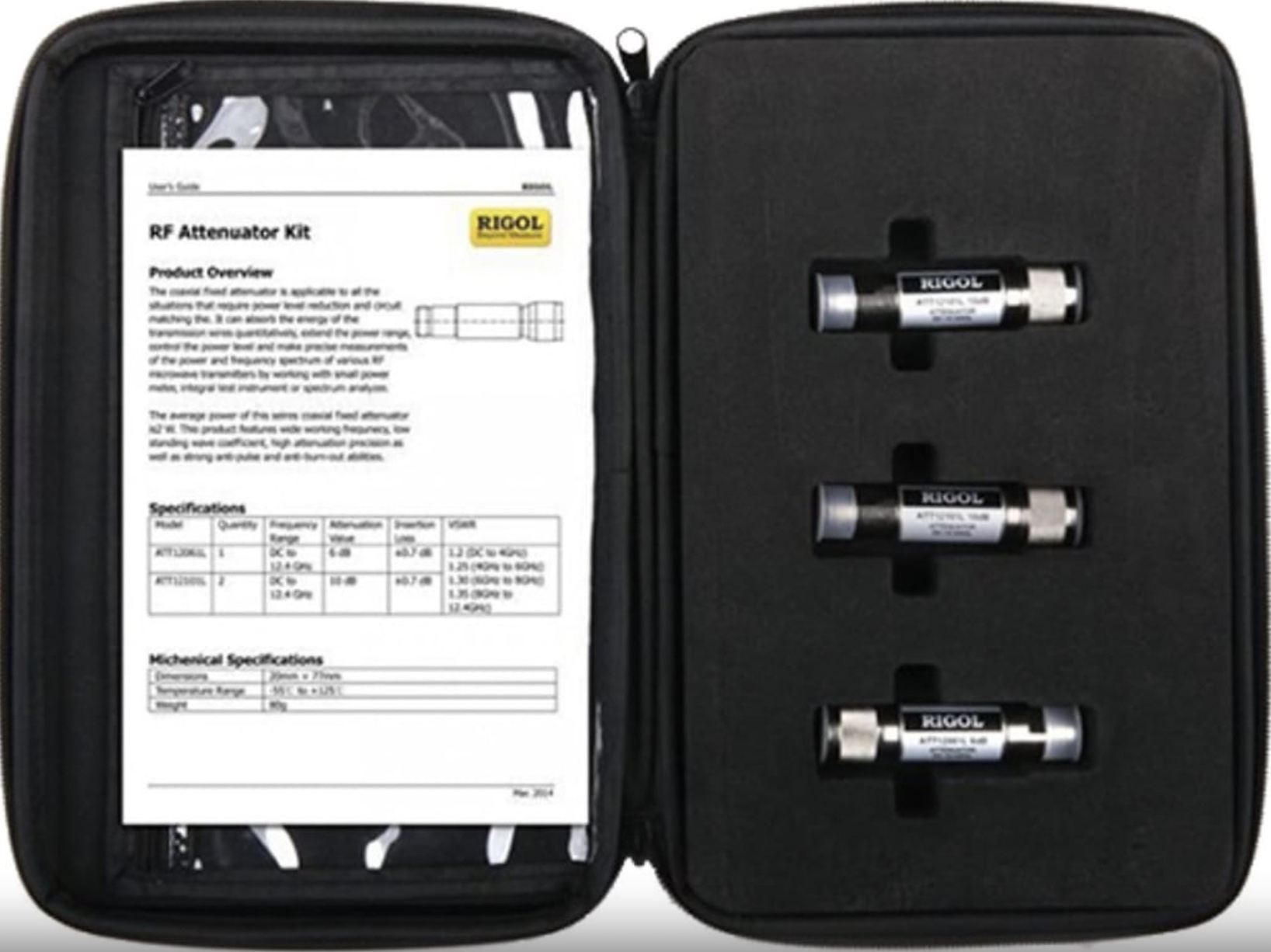 Attenuator
Attenuator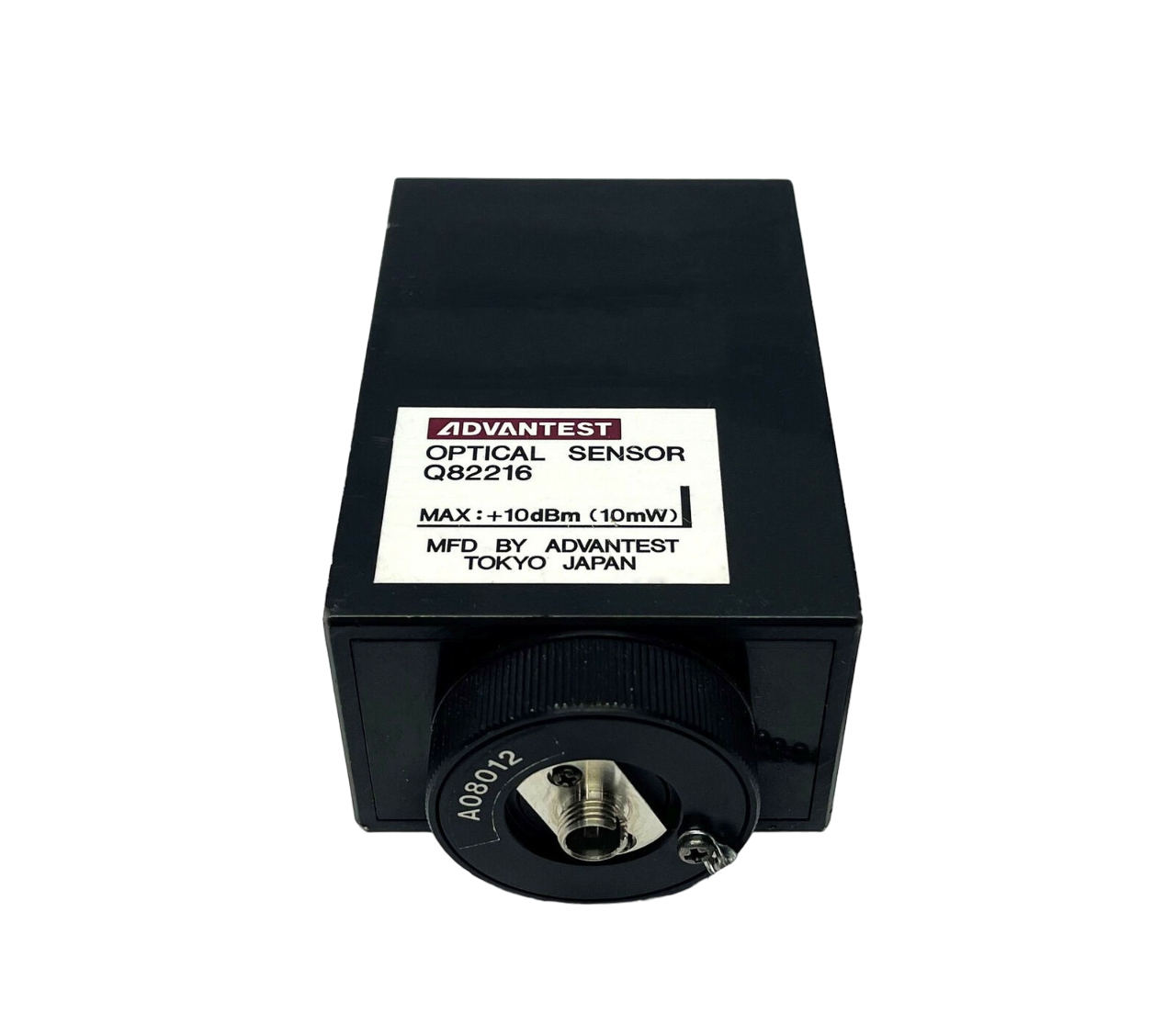 Optical Sensor
Optical Sensor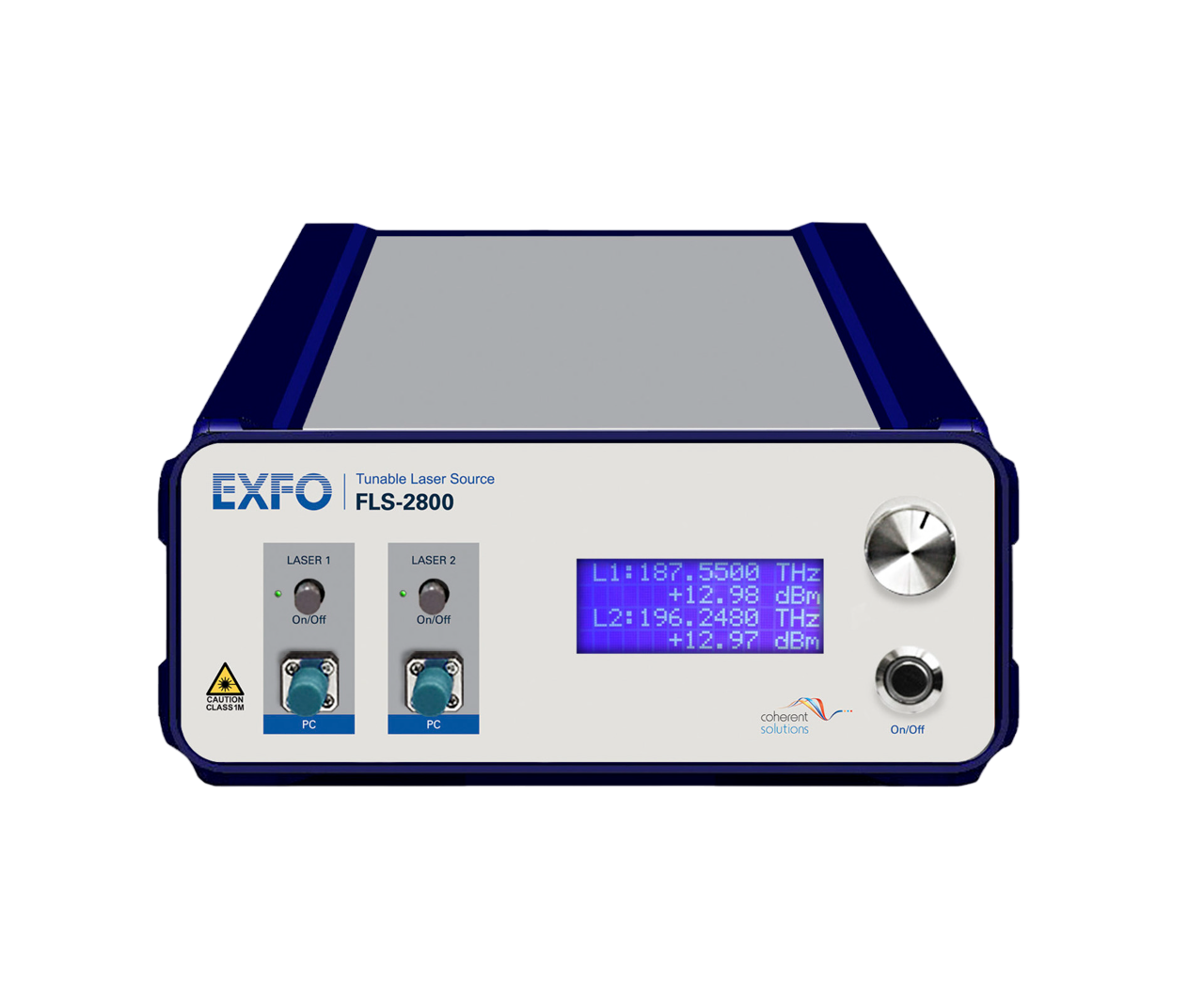 Light/LED Source
Light/LED Source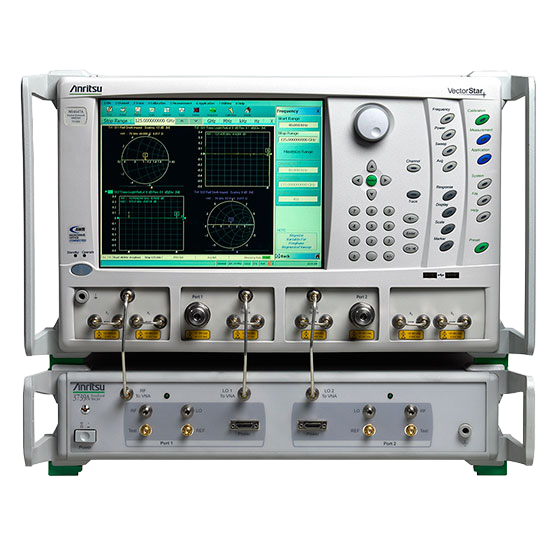 Broadband / Noise Source
Broadband / Noise Source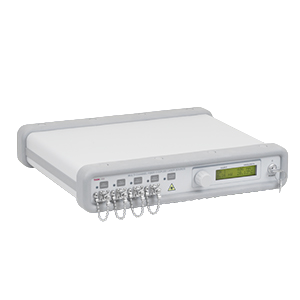 Optical / Fiber Source
Optical / Fiber Source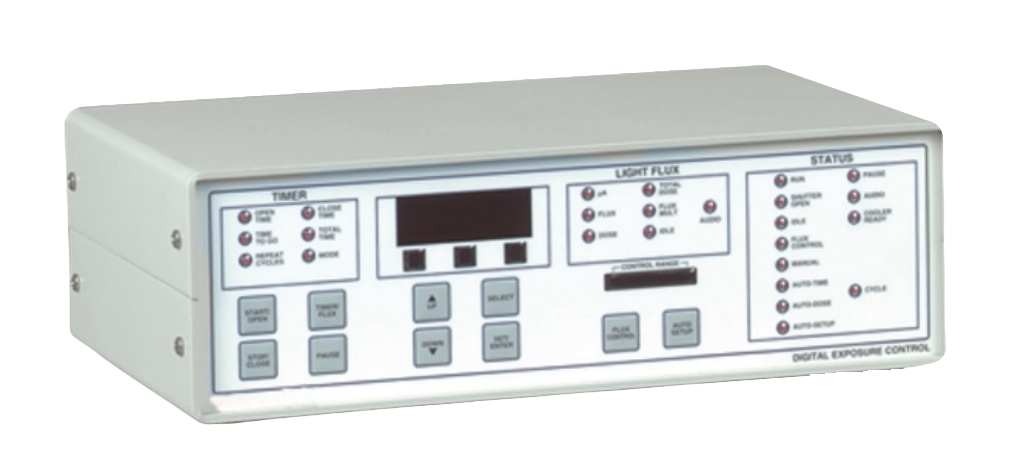 Power Supply
Power Supply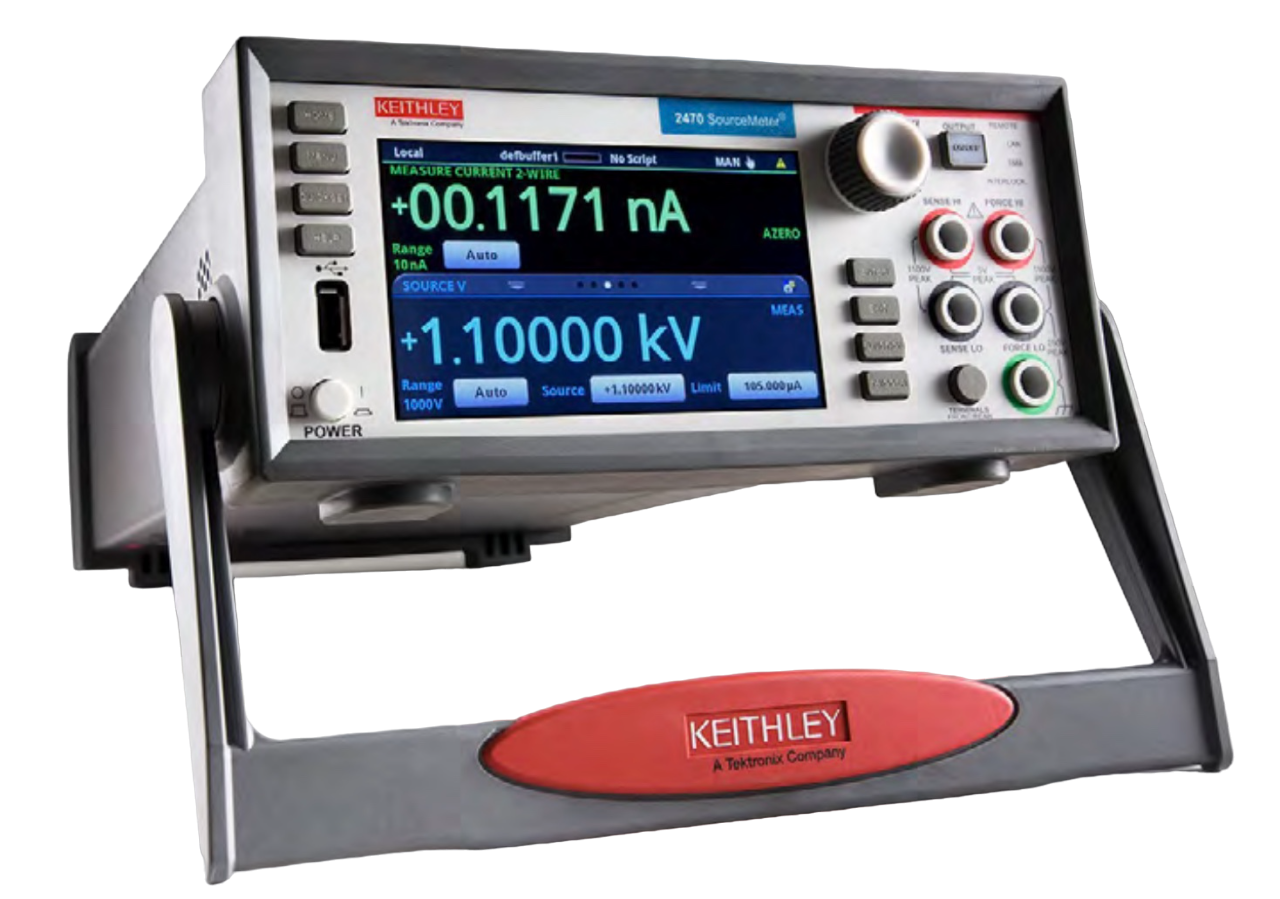 Voltage Source
Voltage Source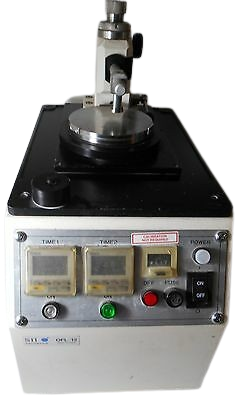 Polisher
Polisher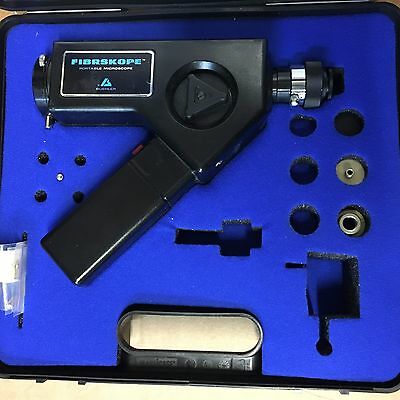 Microscope
Microscope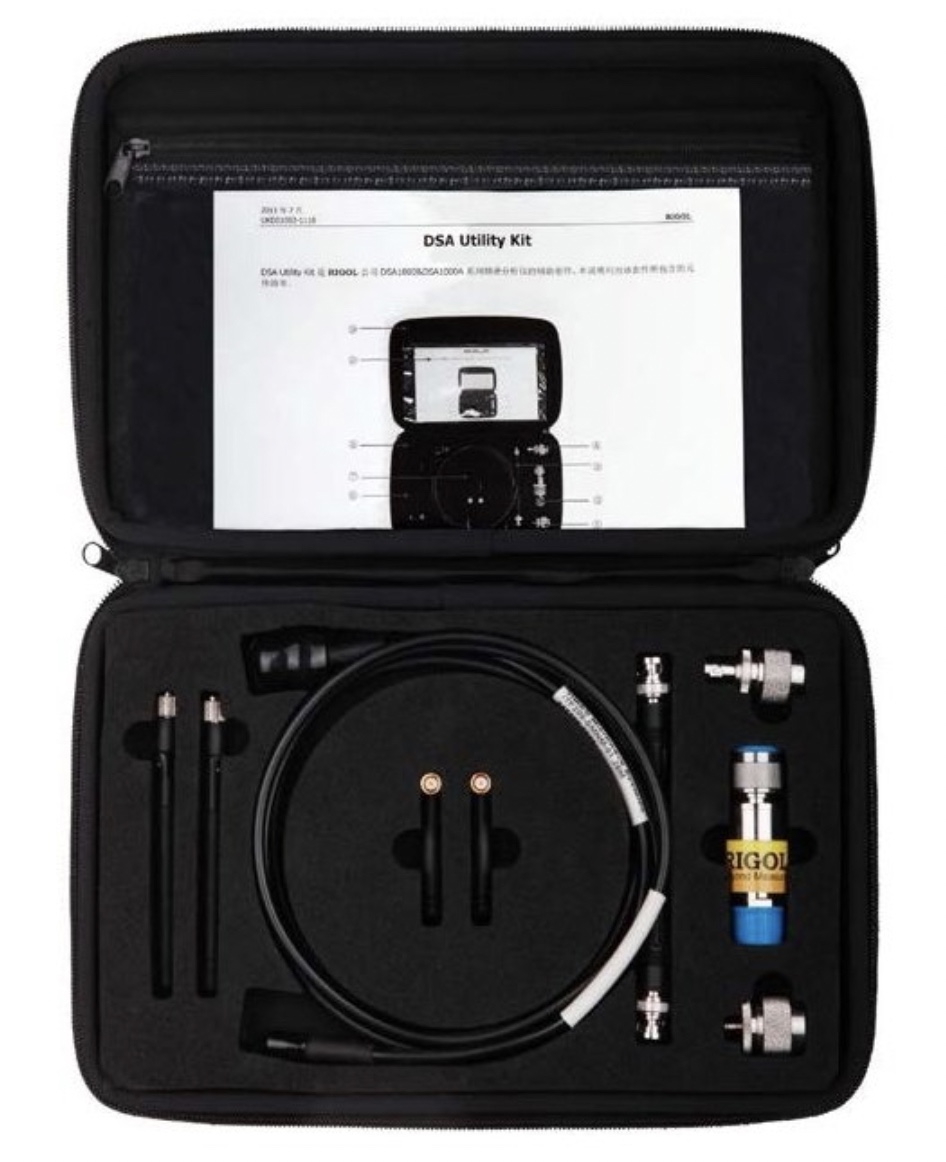 Adapter
Adapter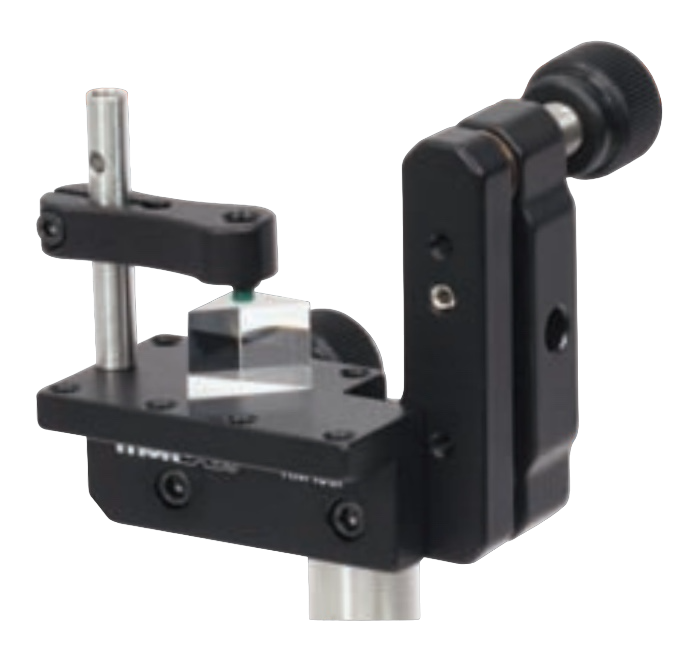 Platforms/Mounts
Platforms/Mounts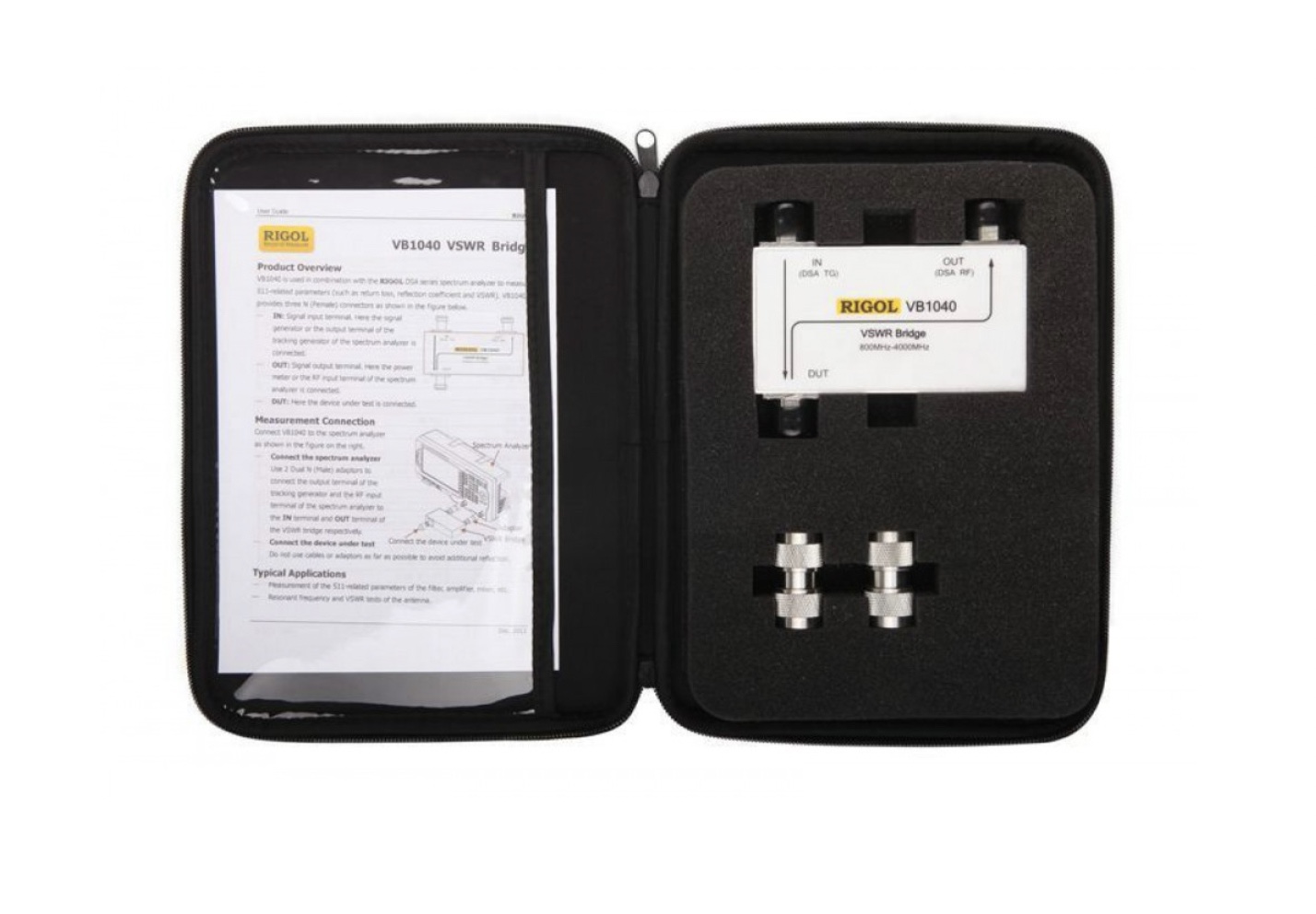 Bridges
Bridges Connectors & Accessories
Connectors & Accessories